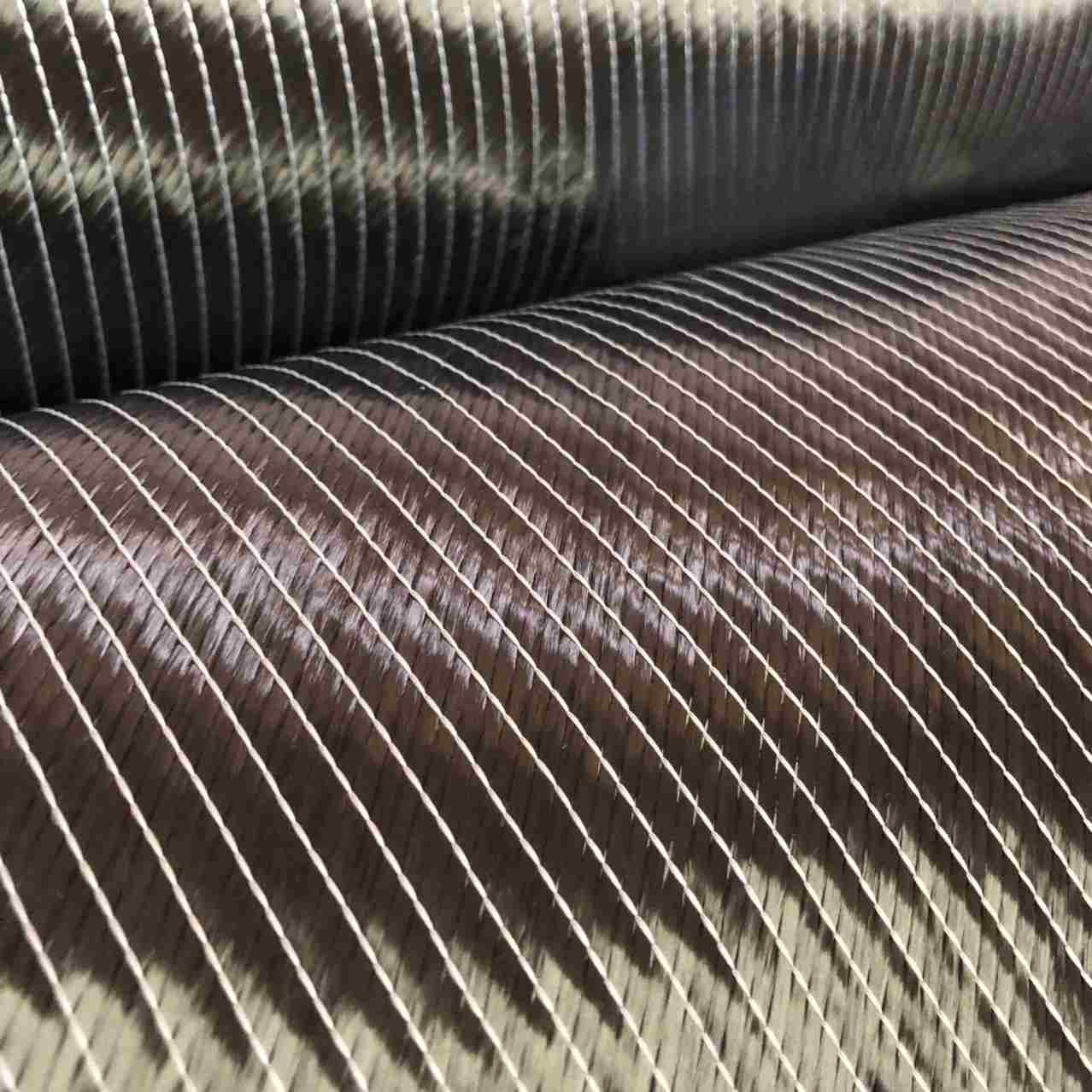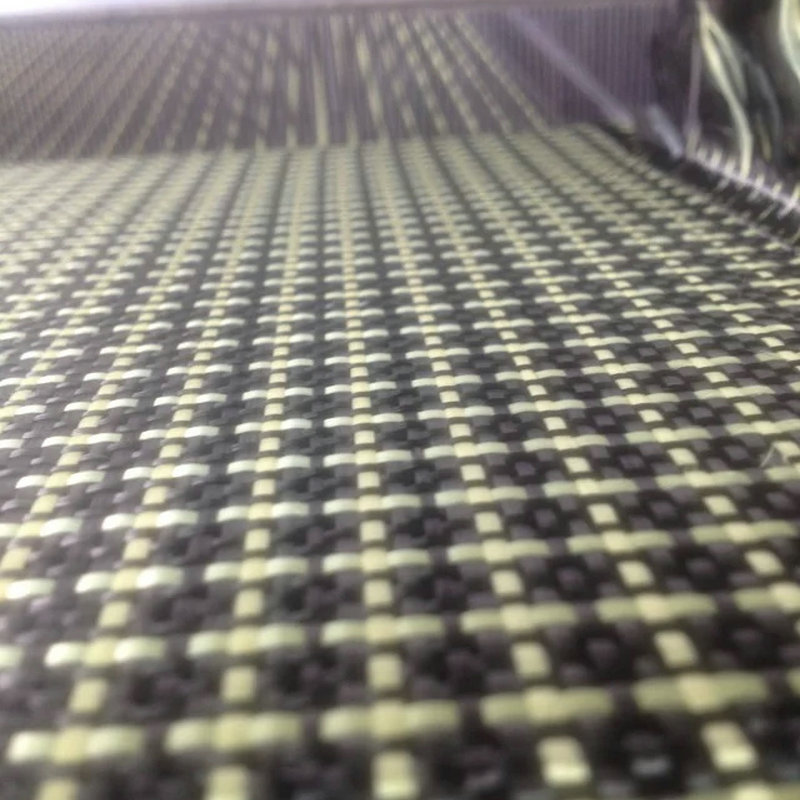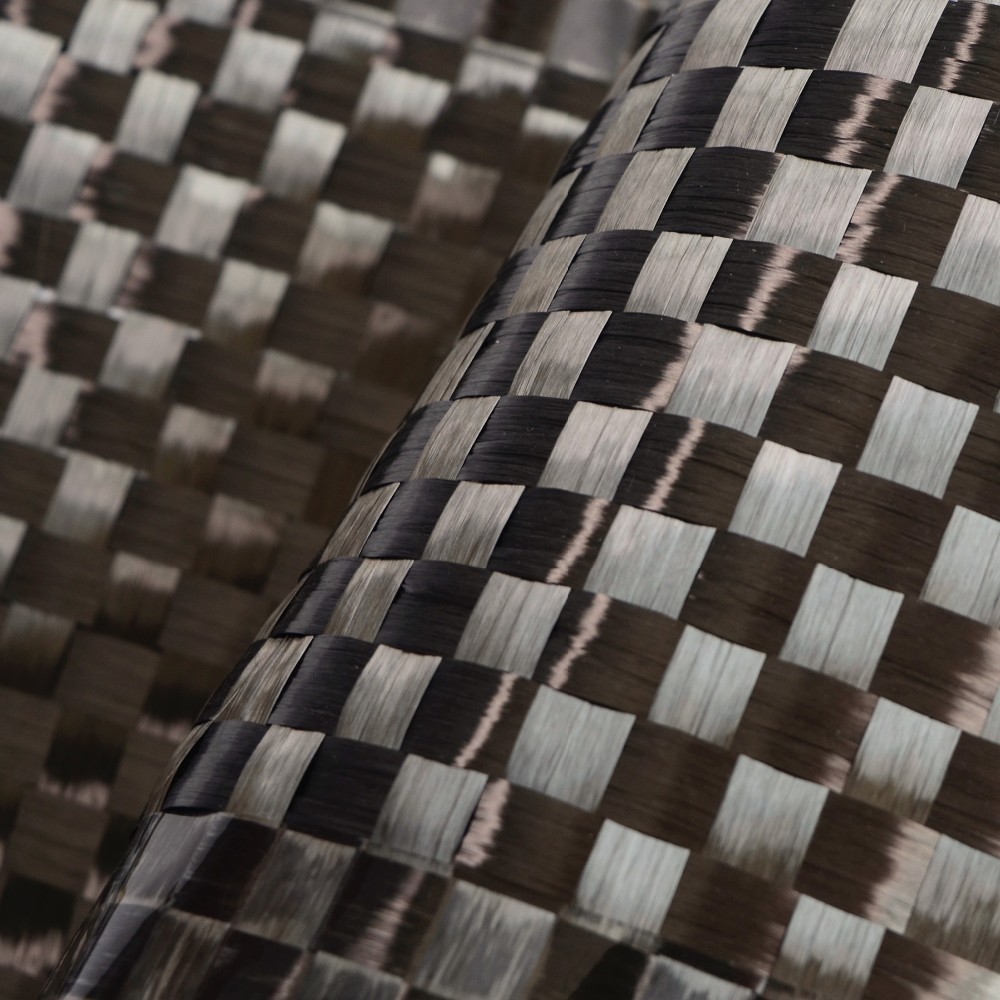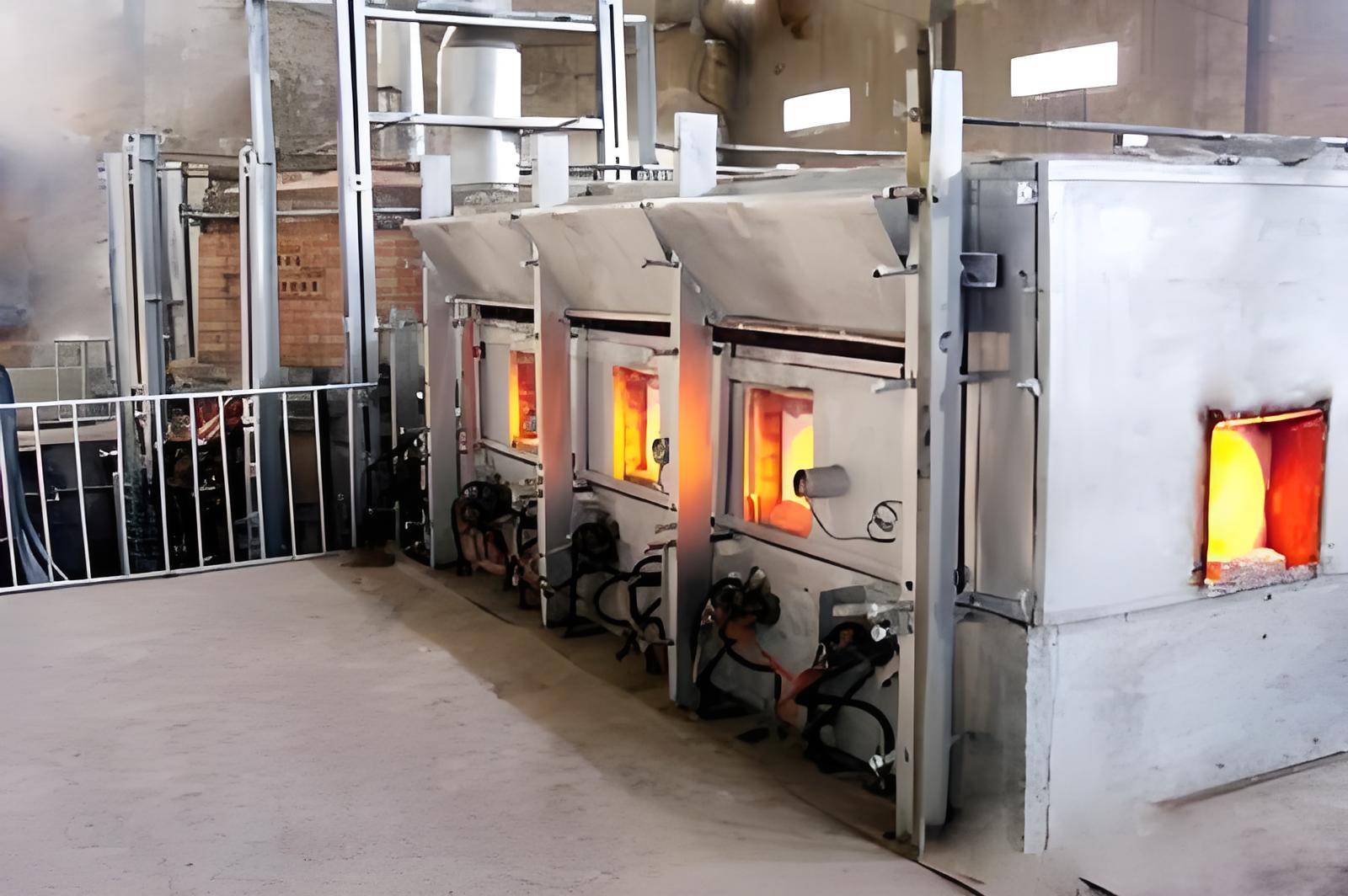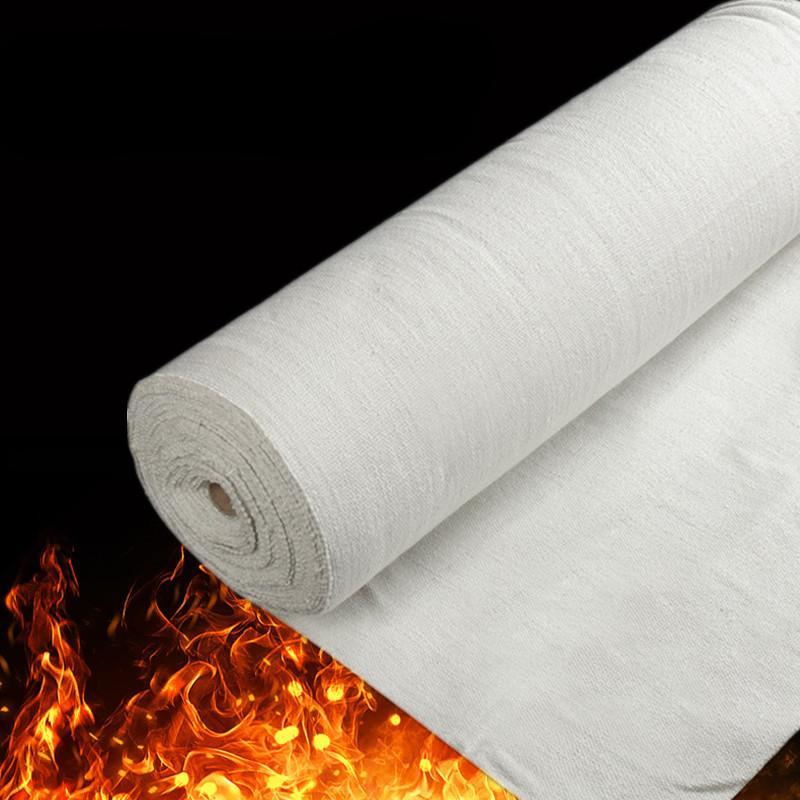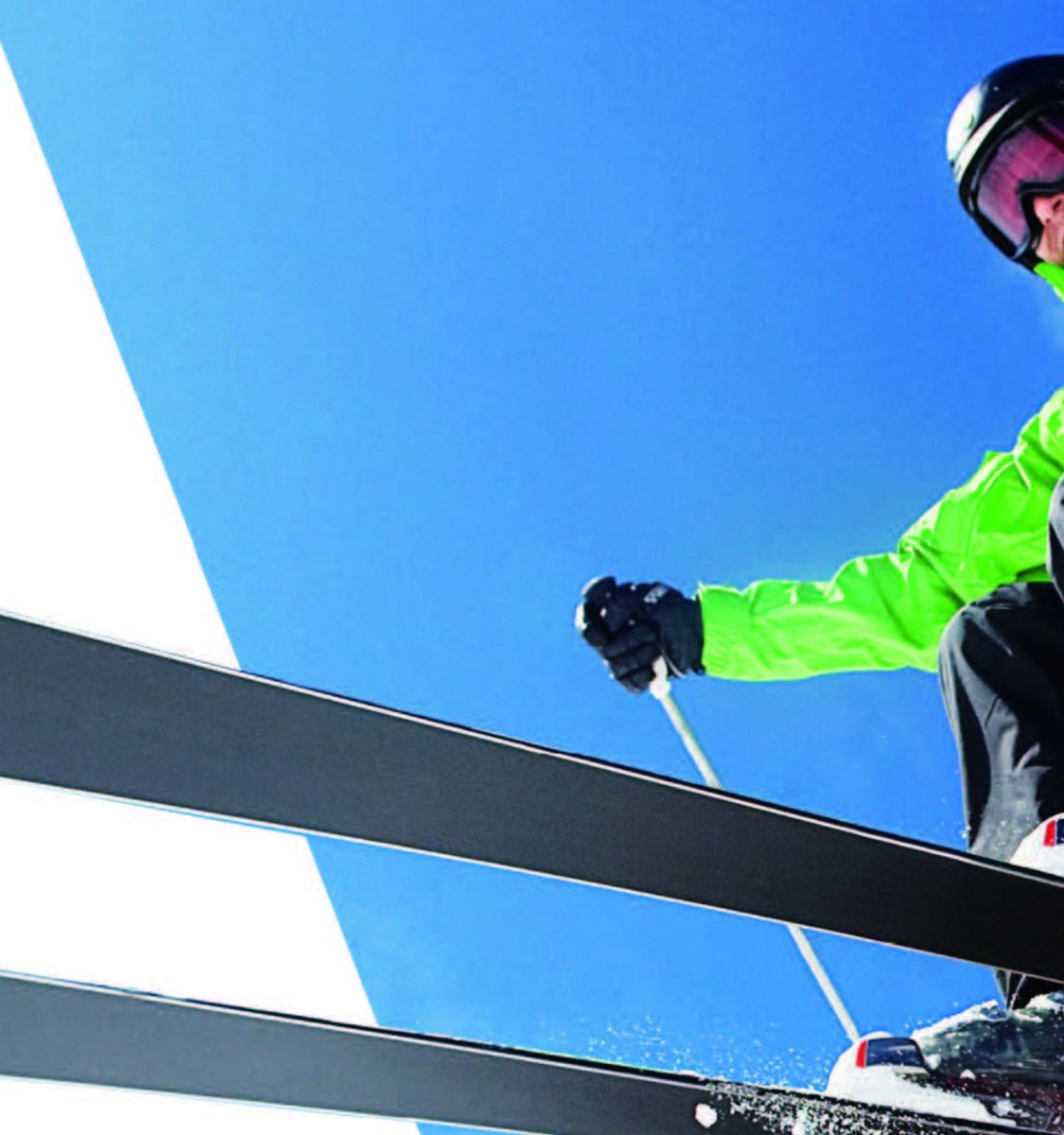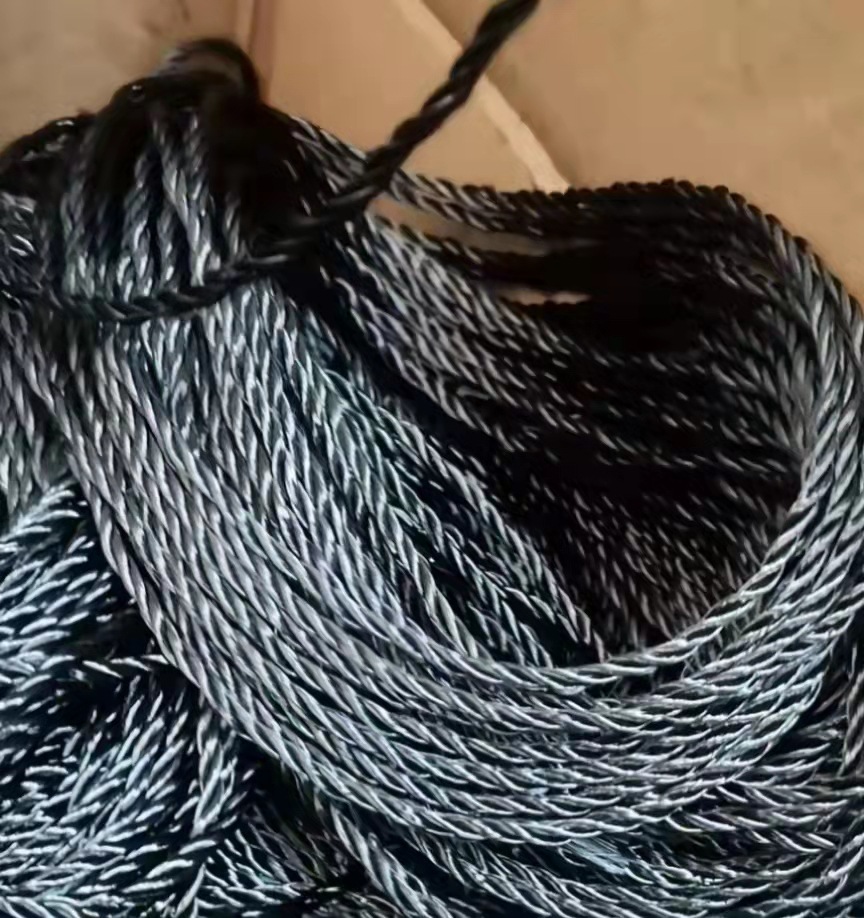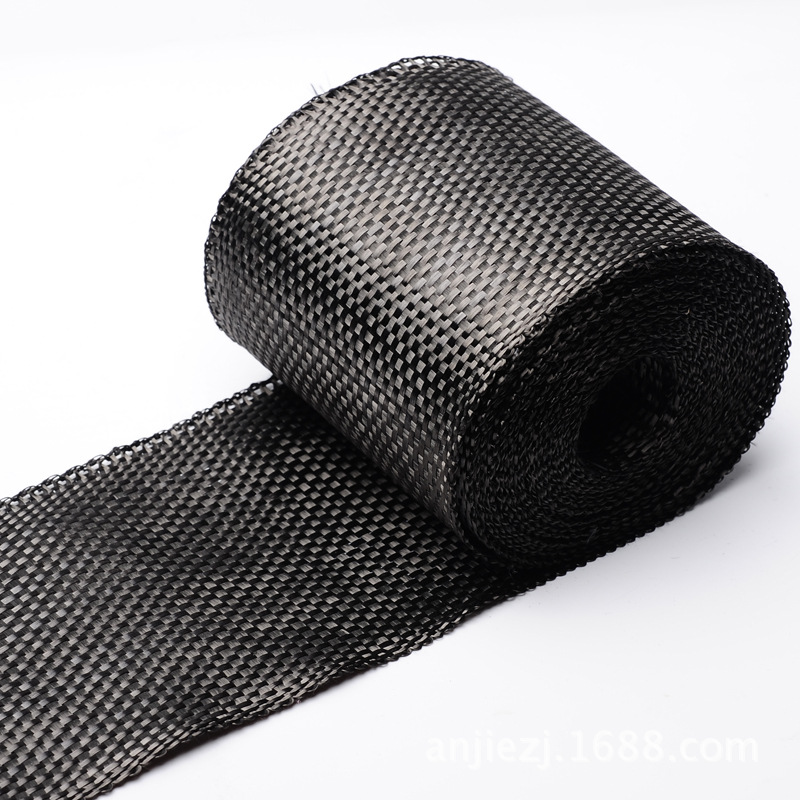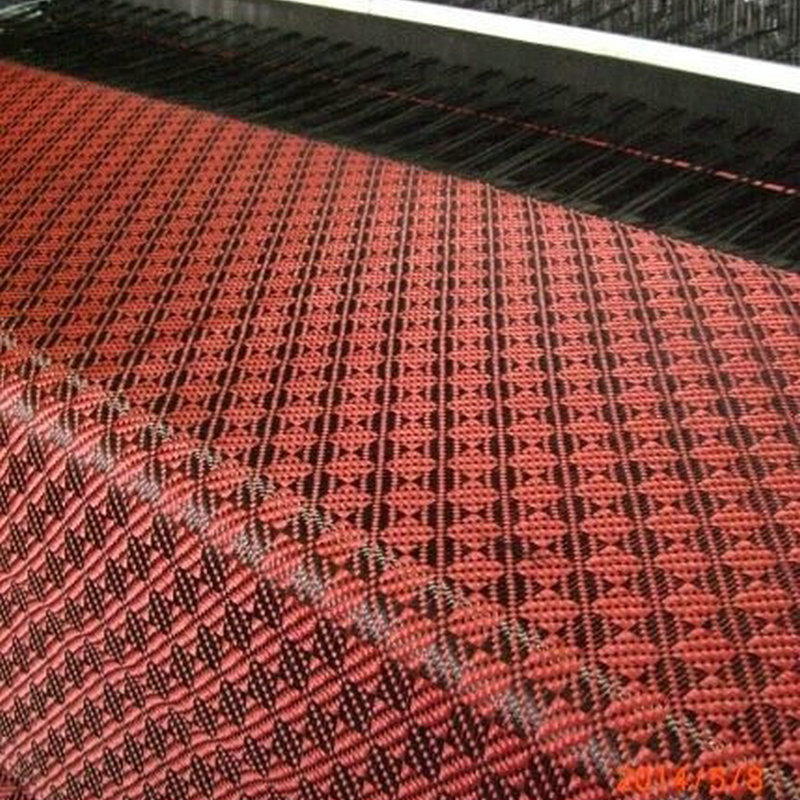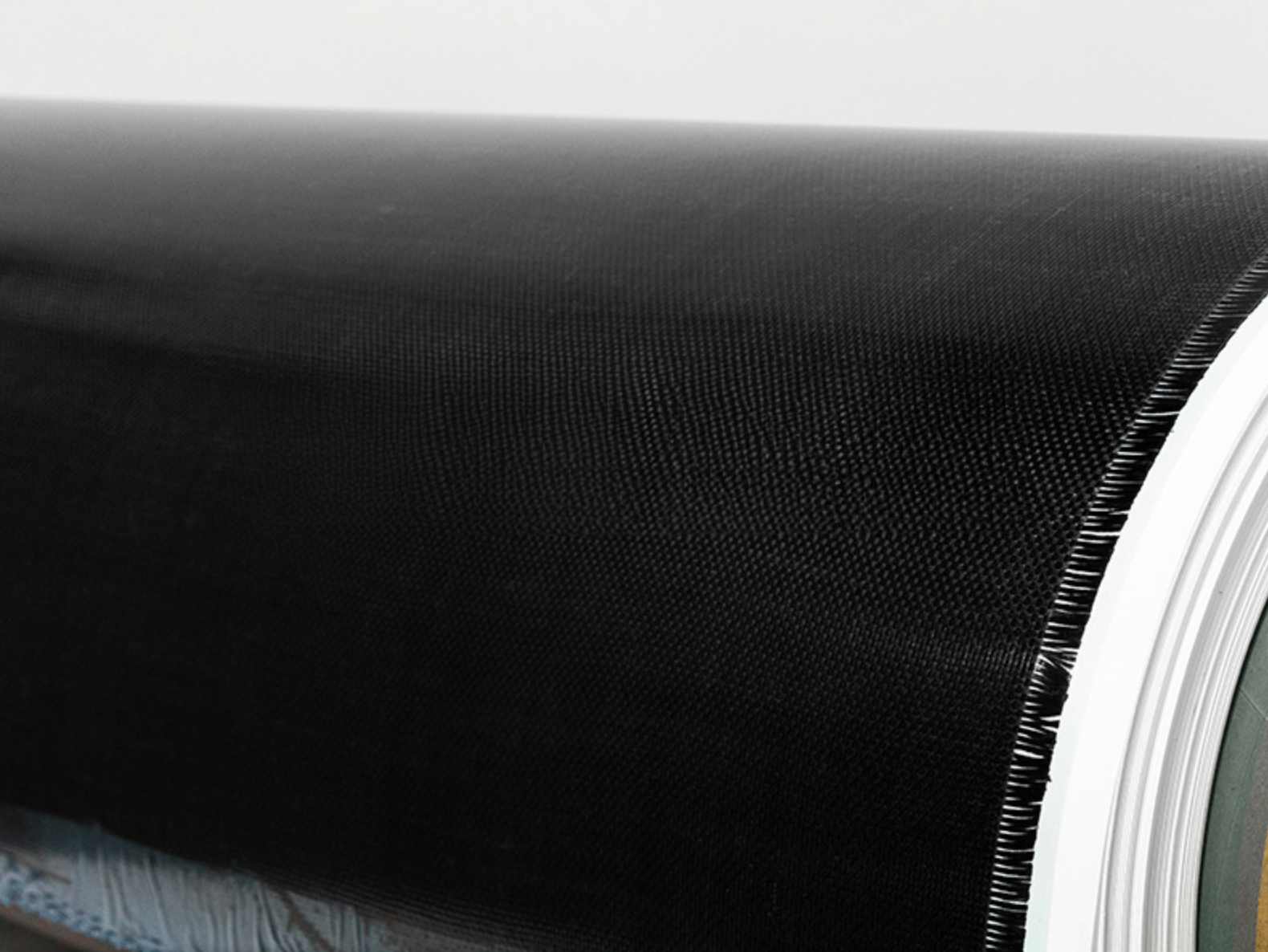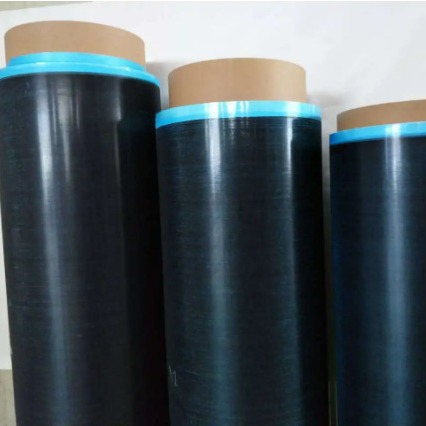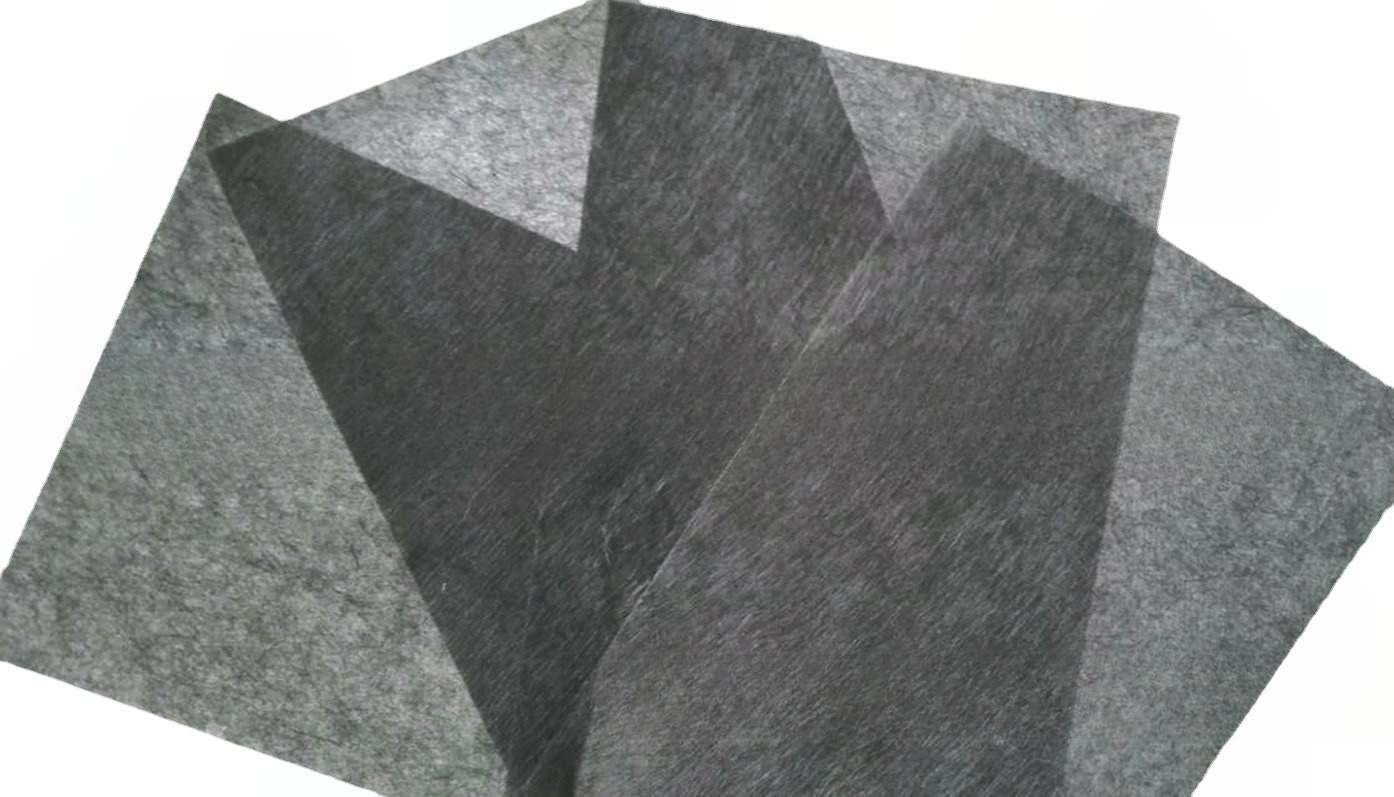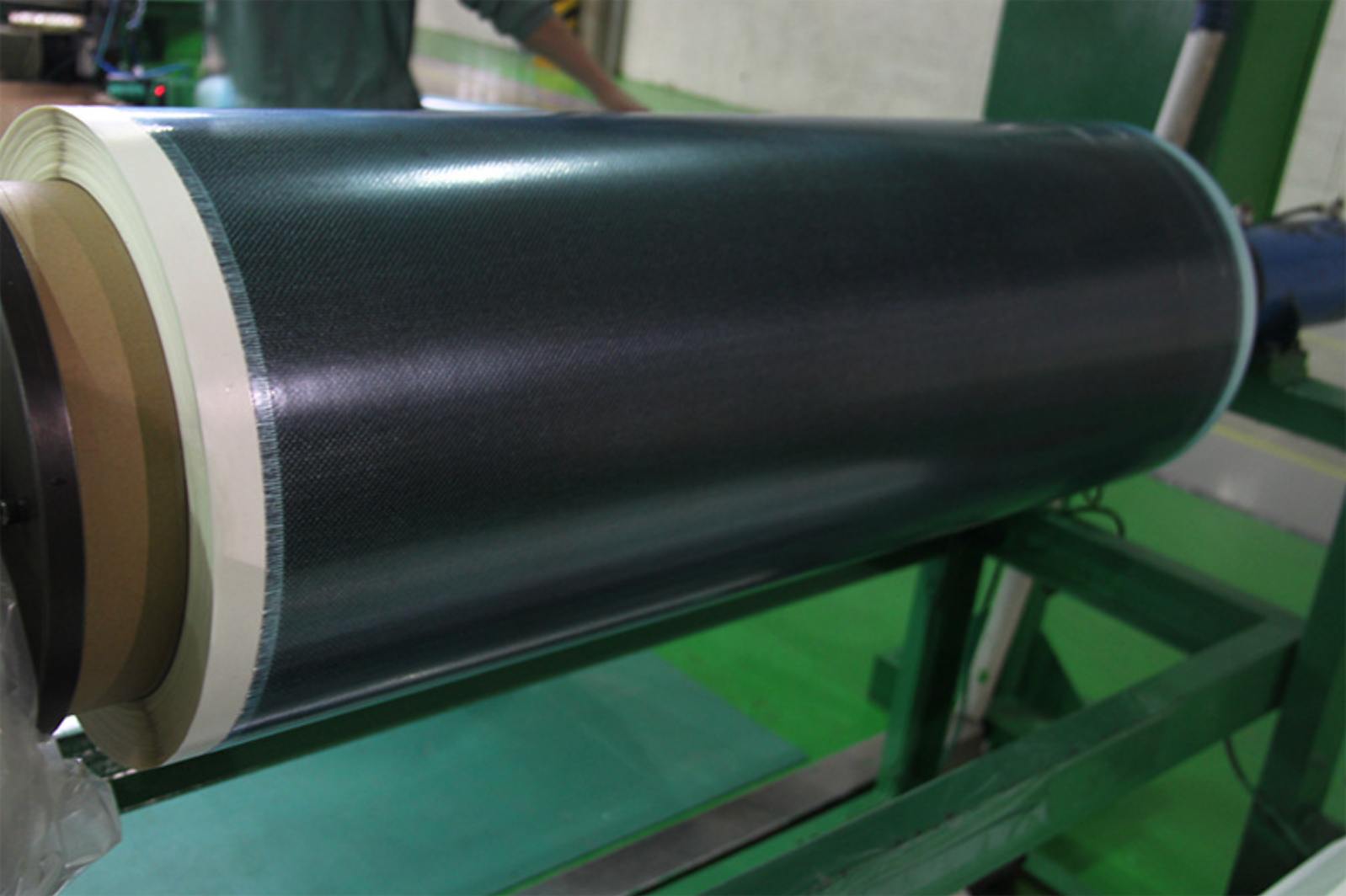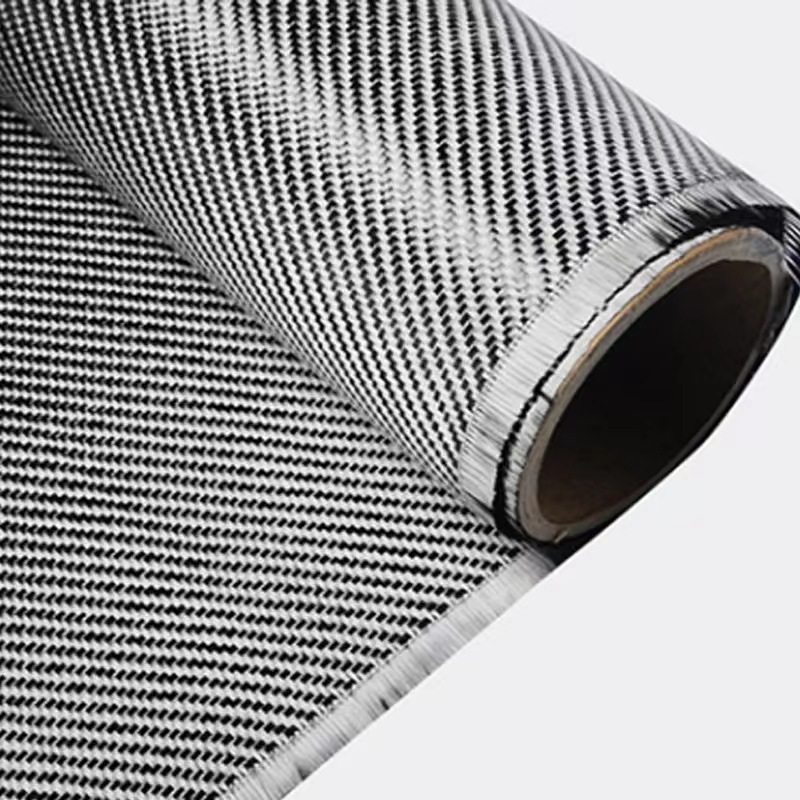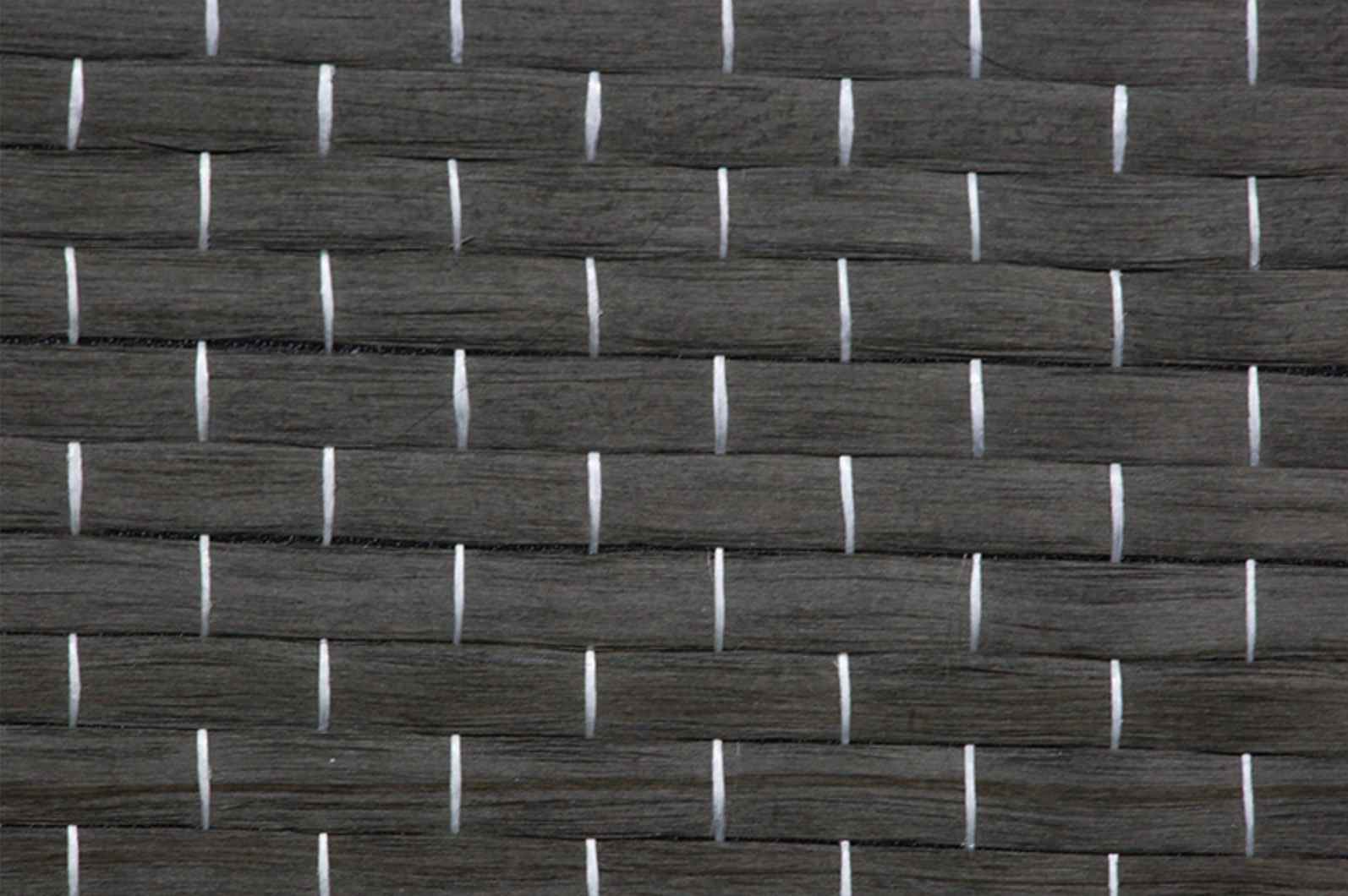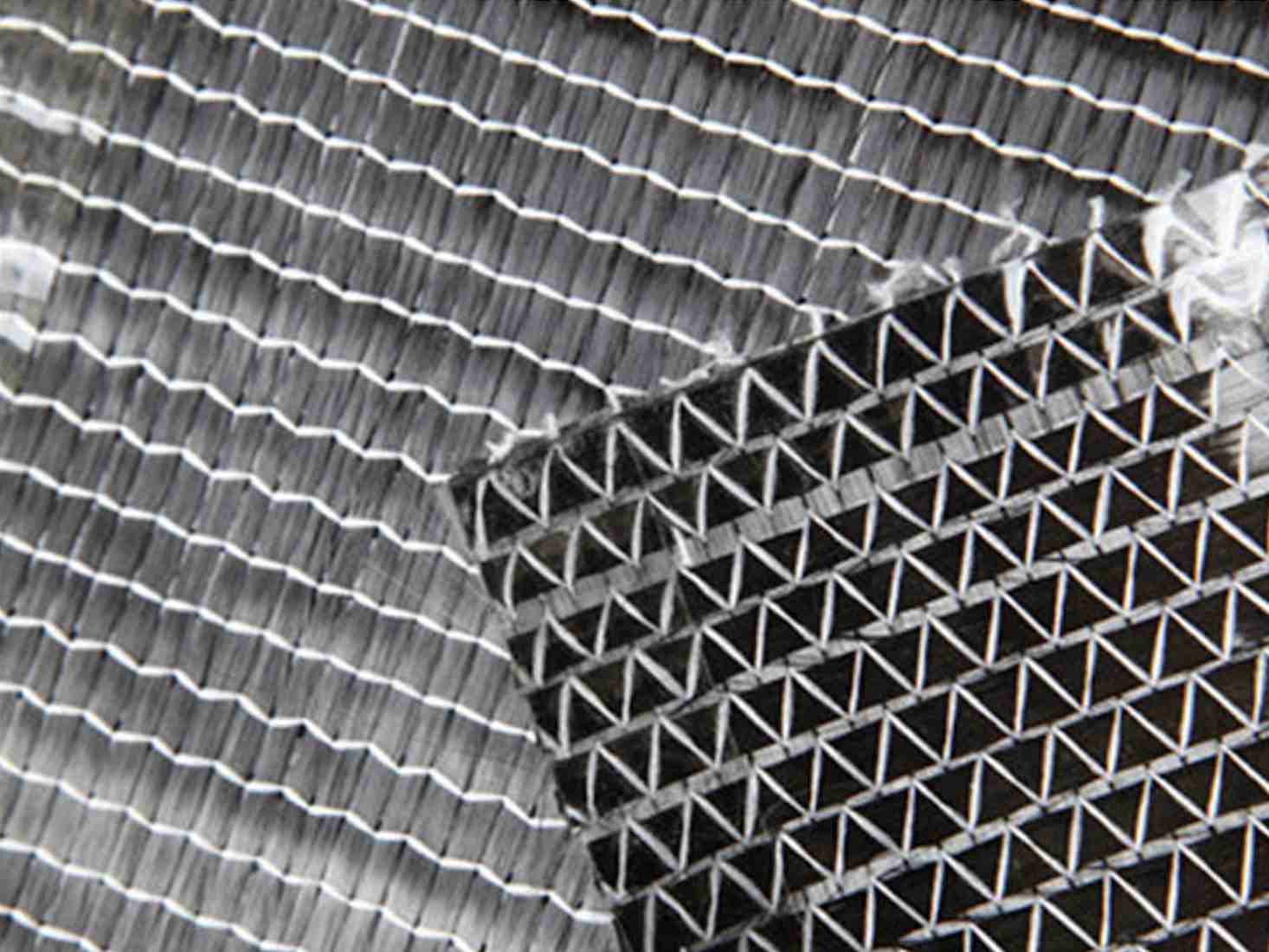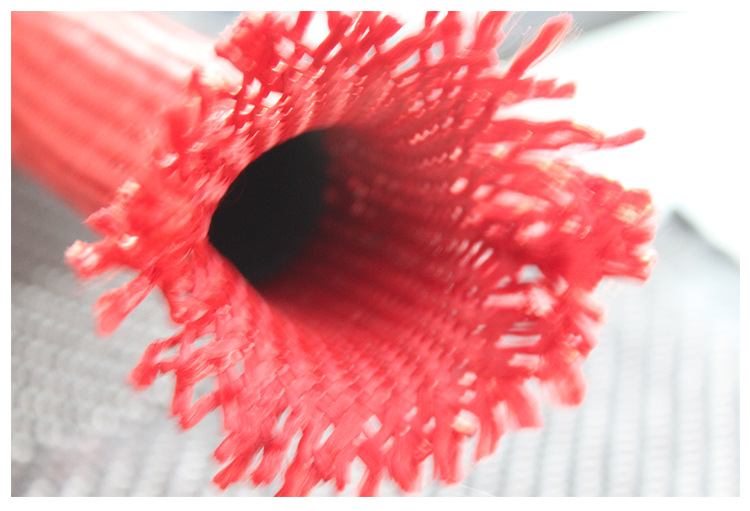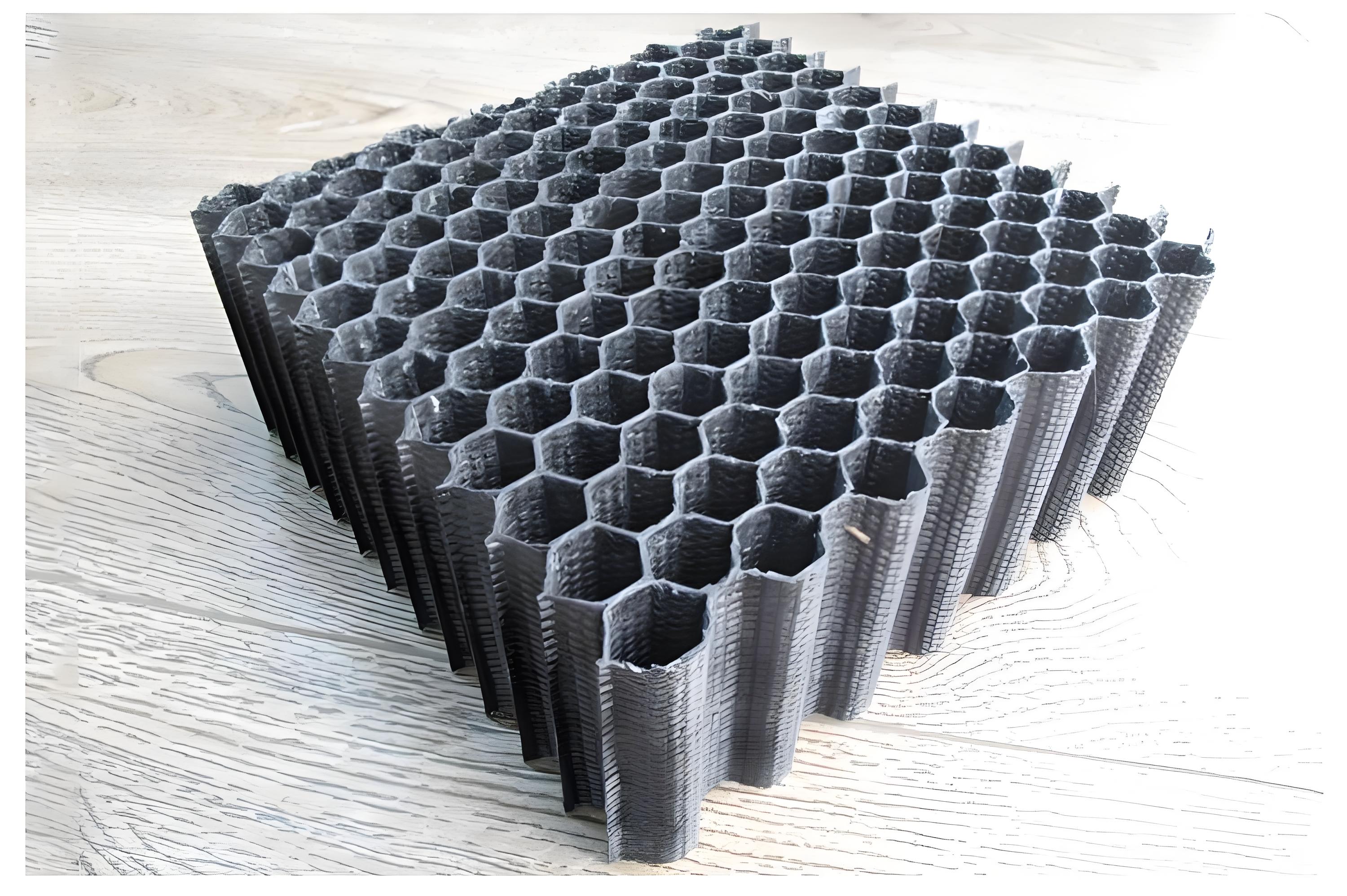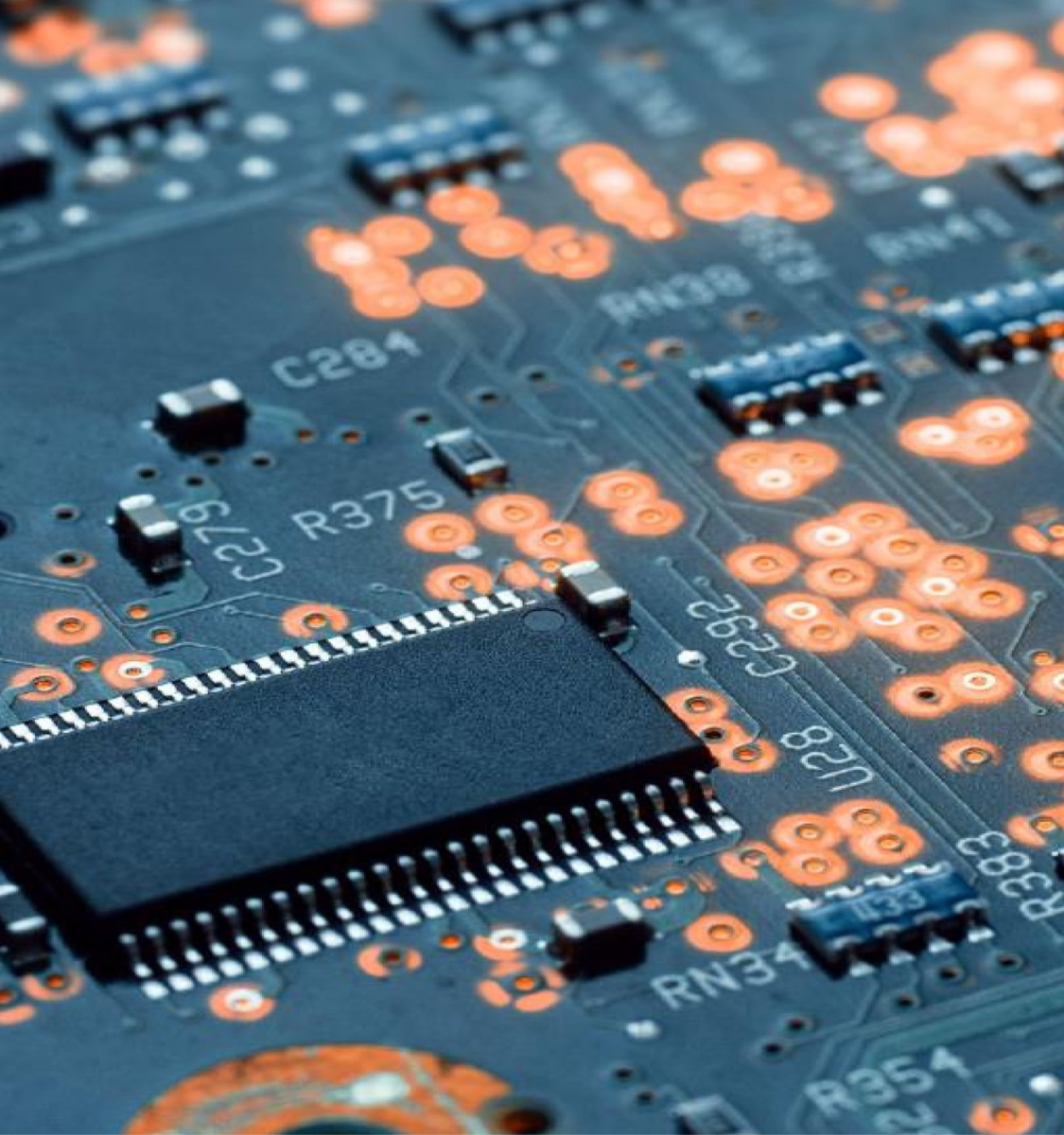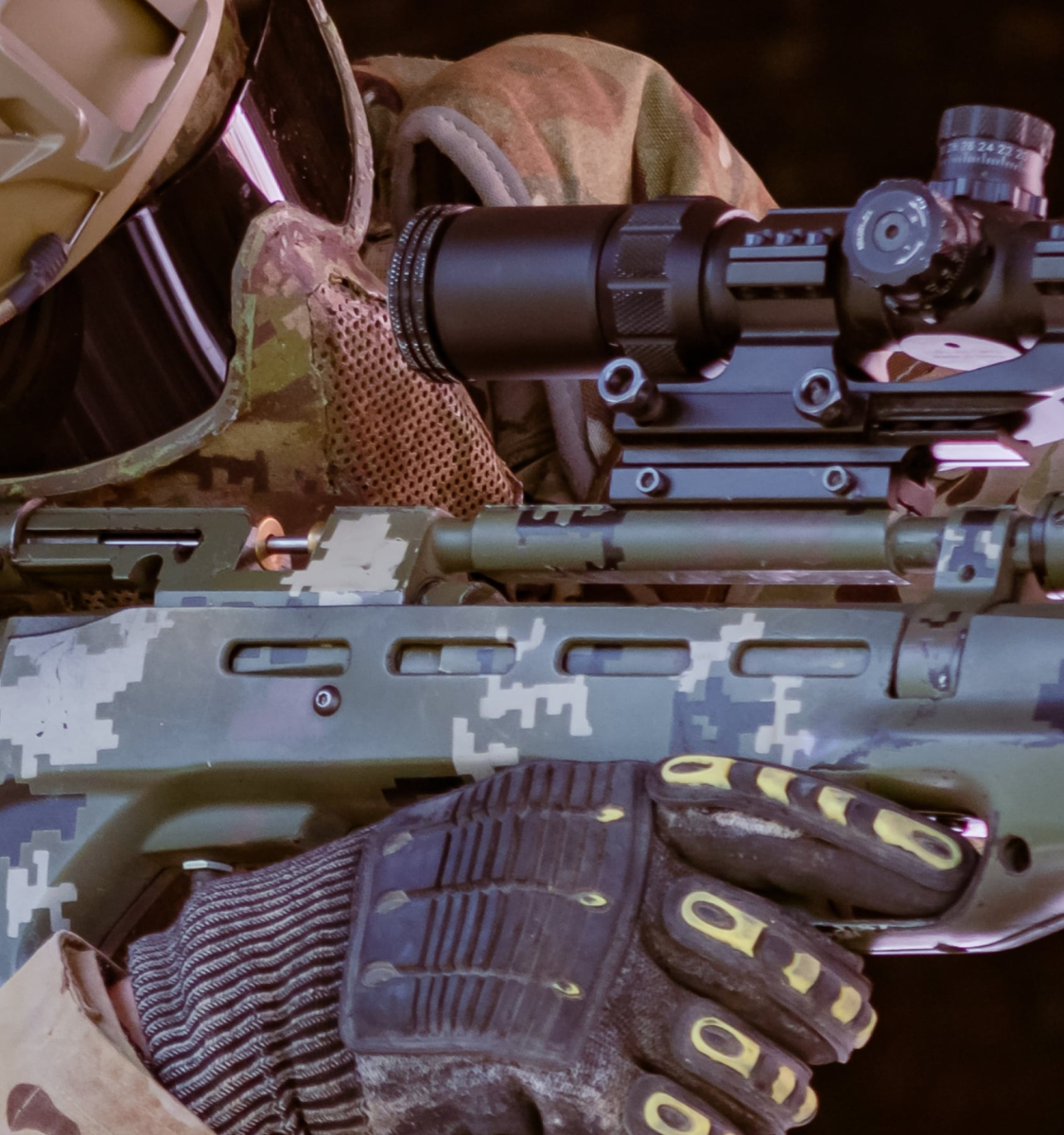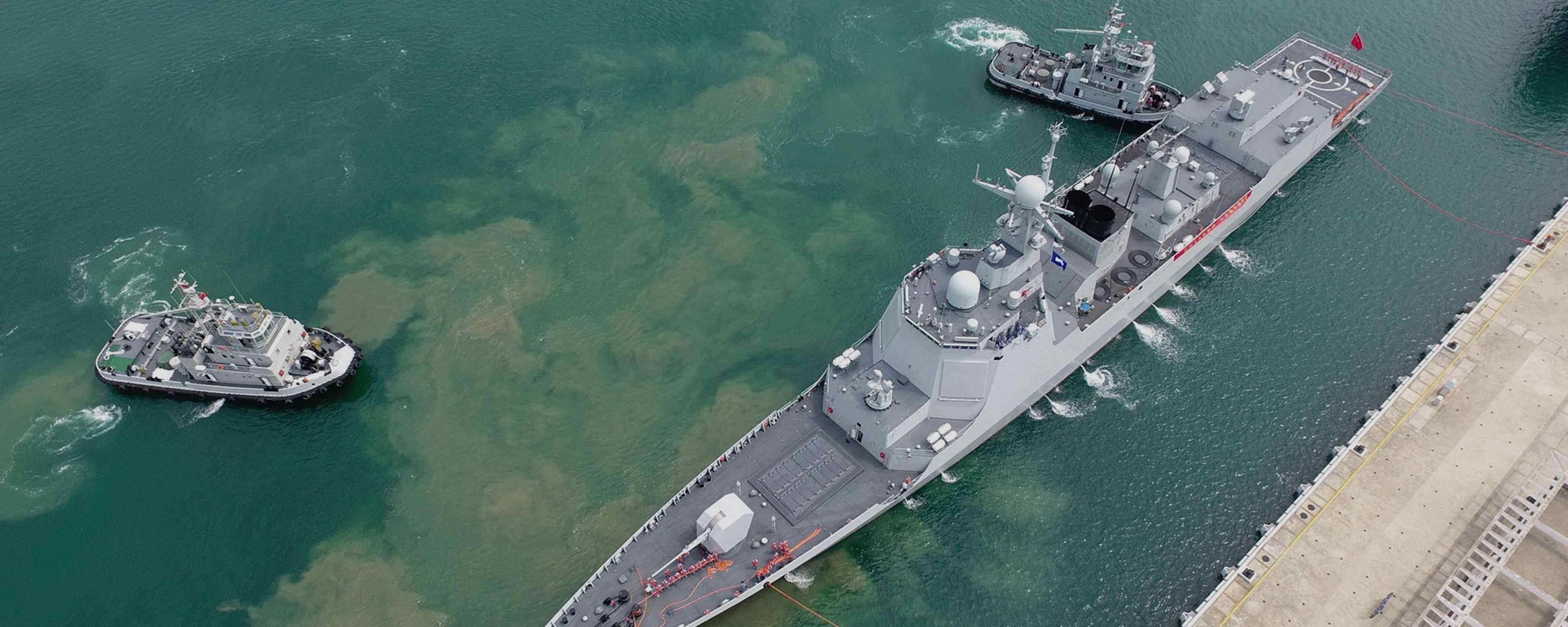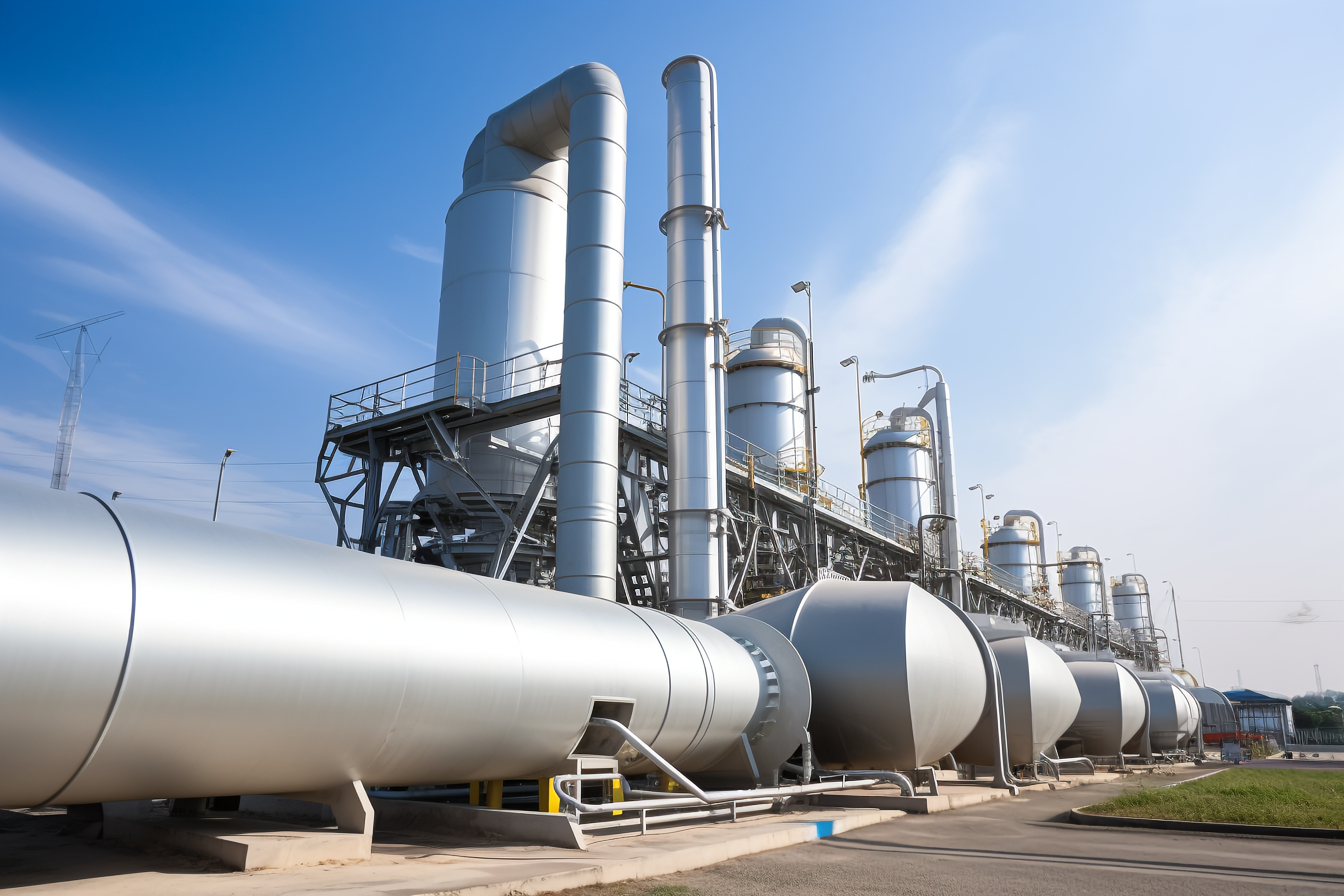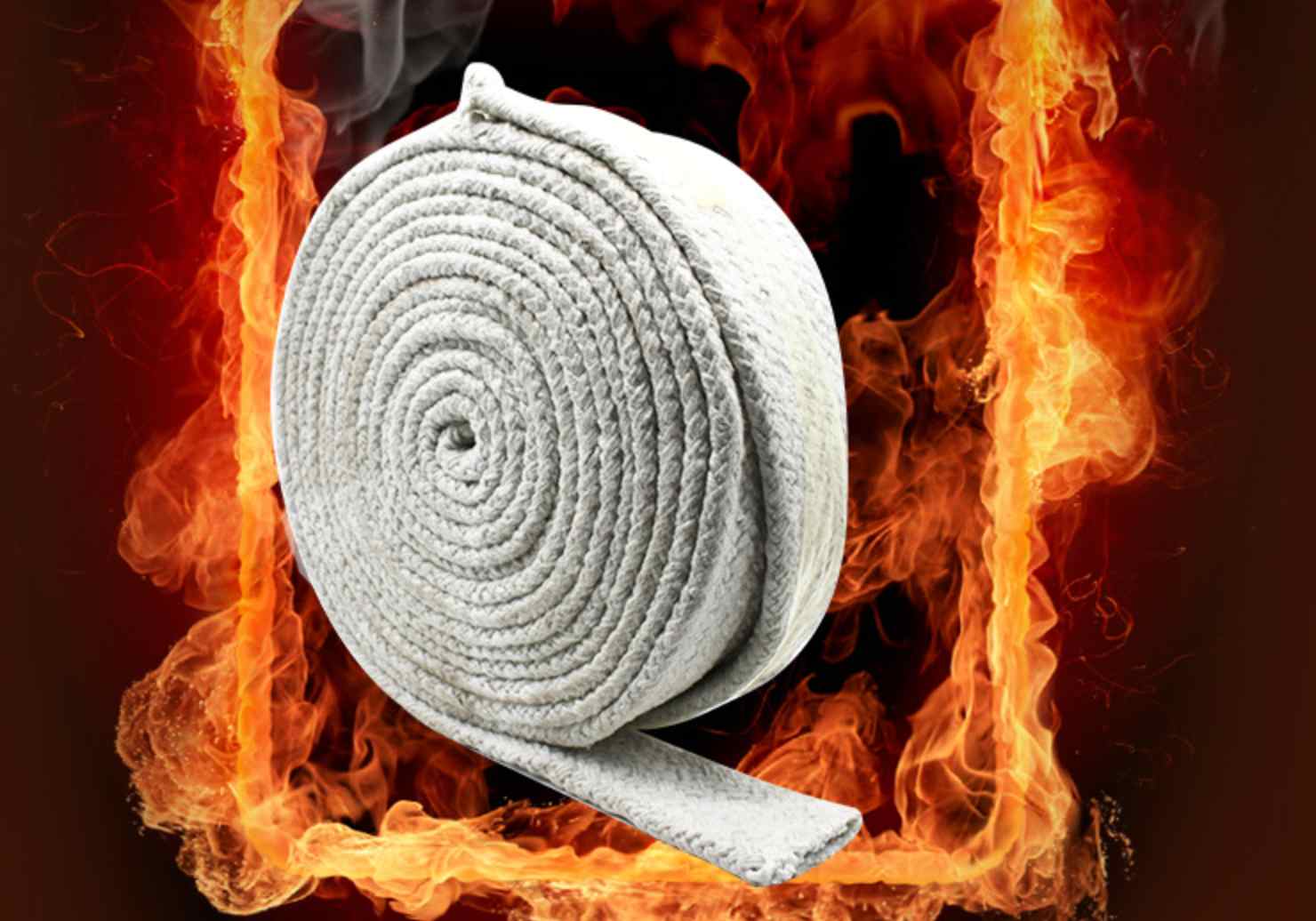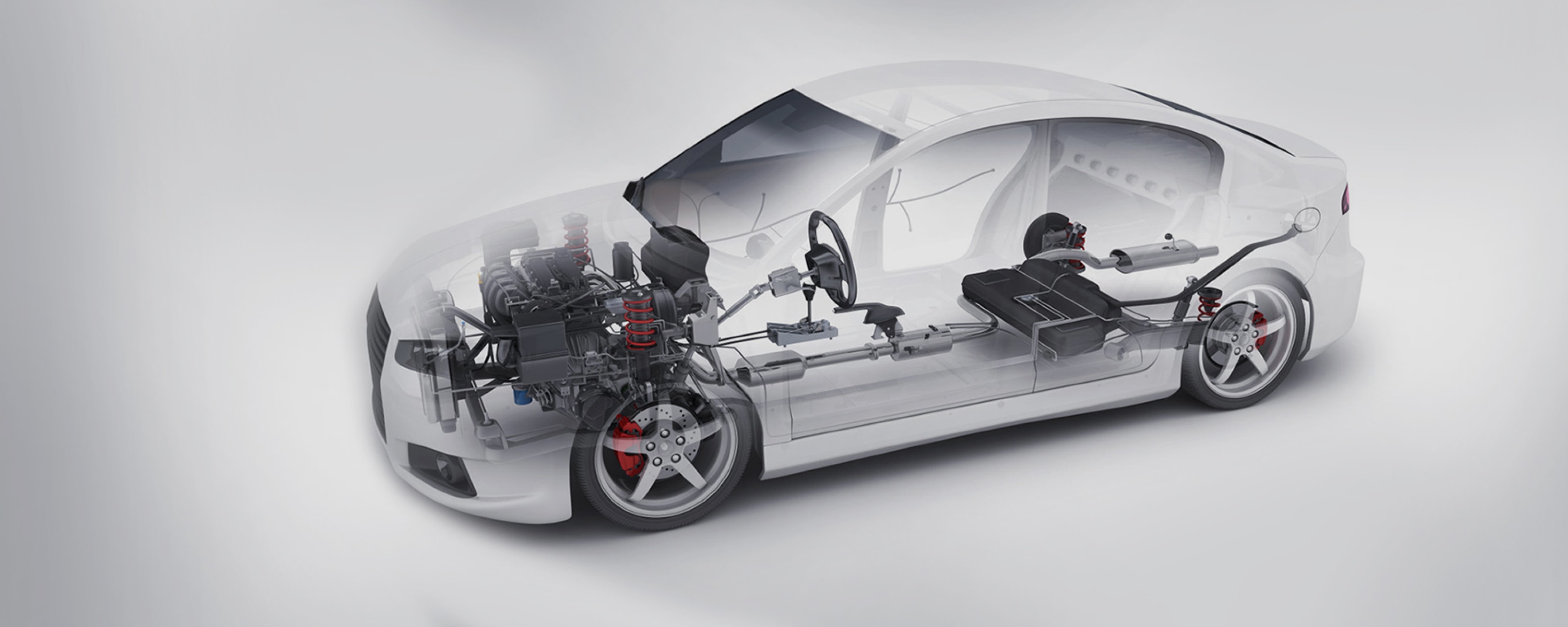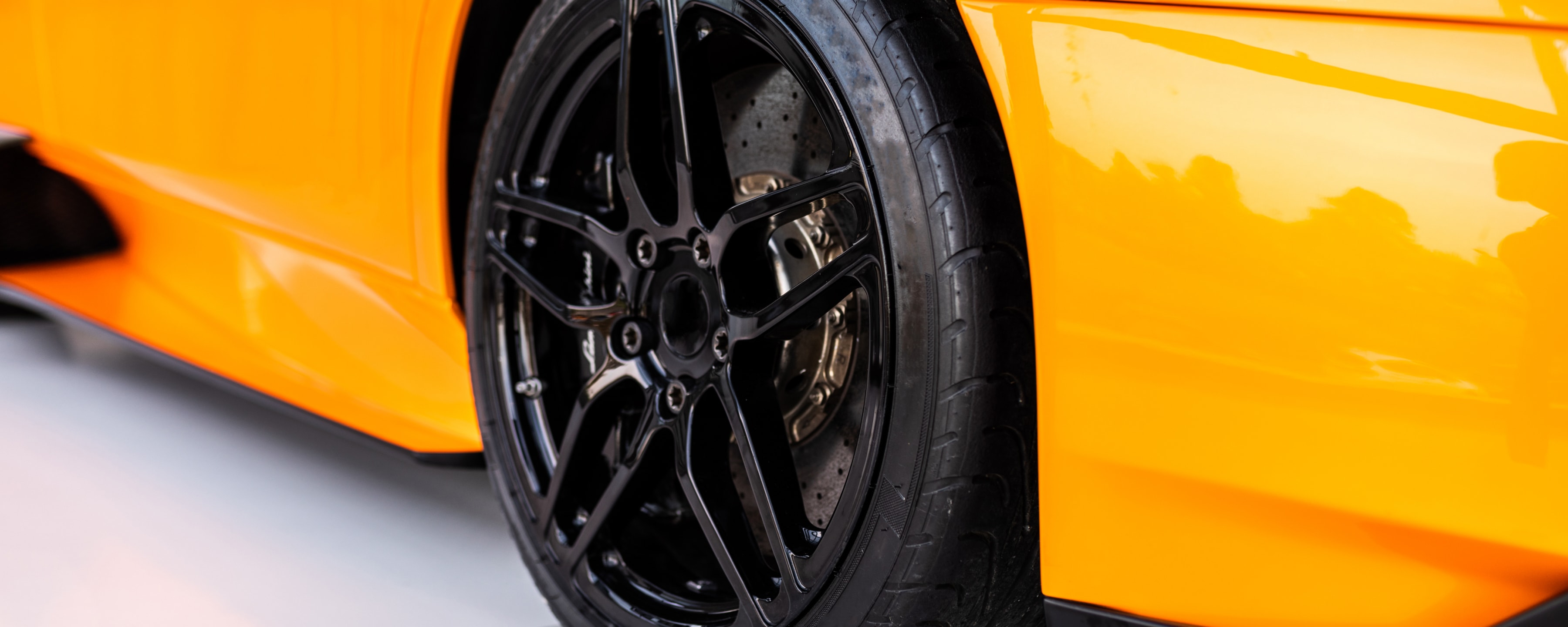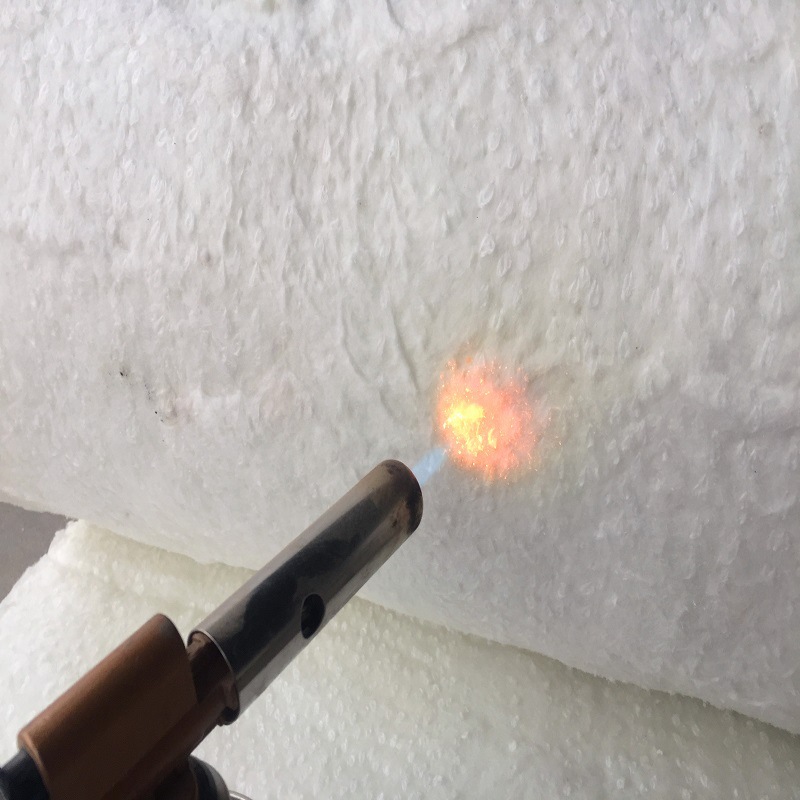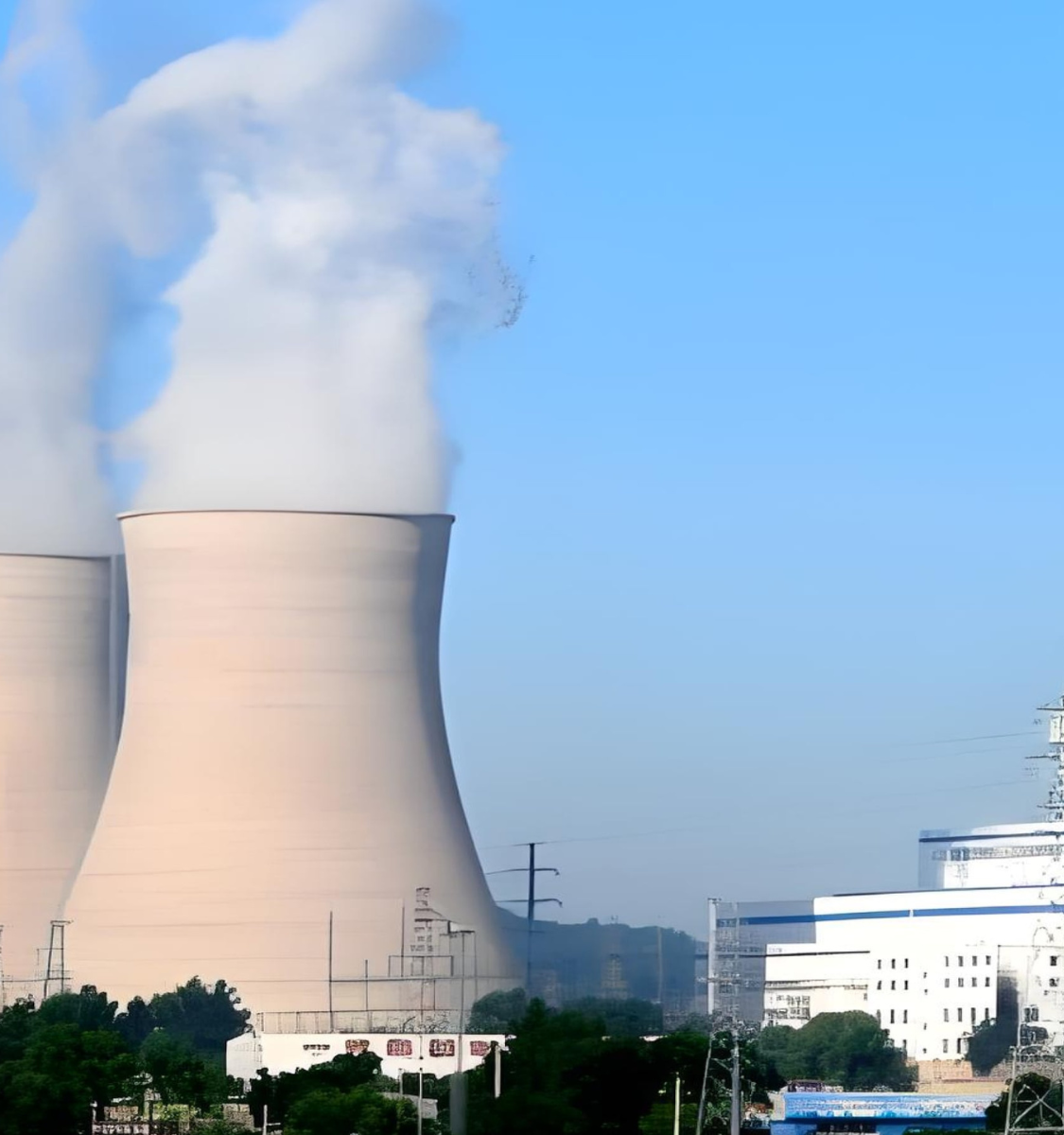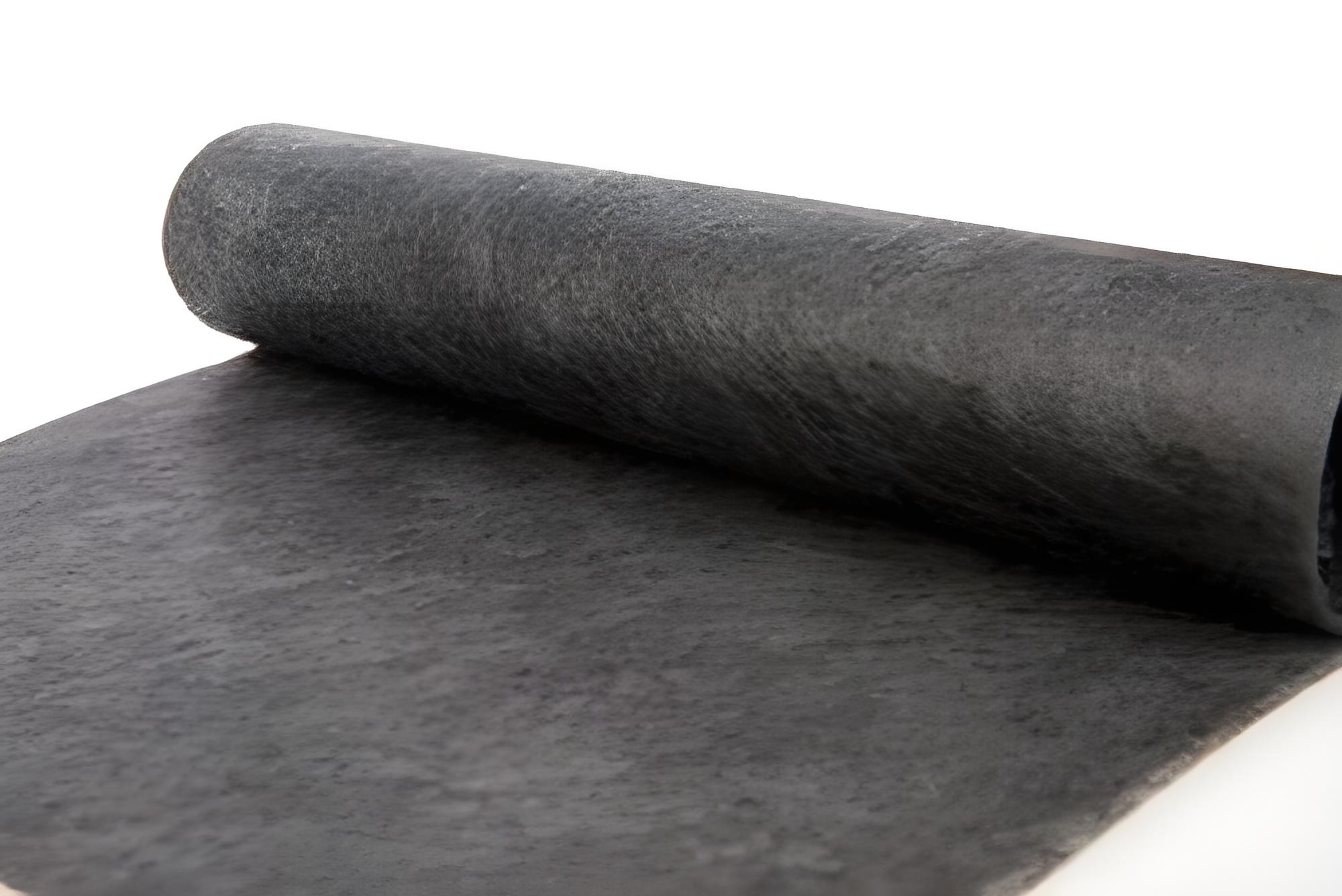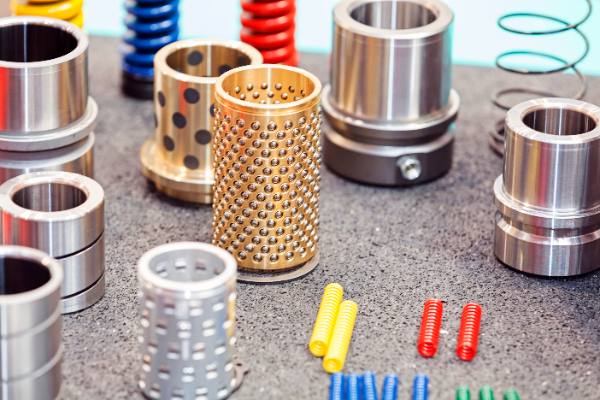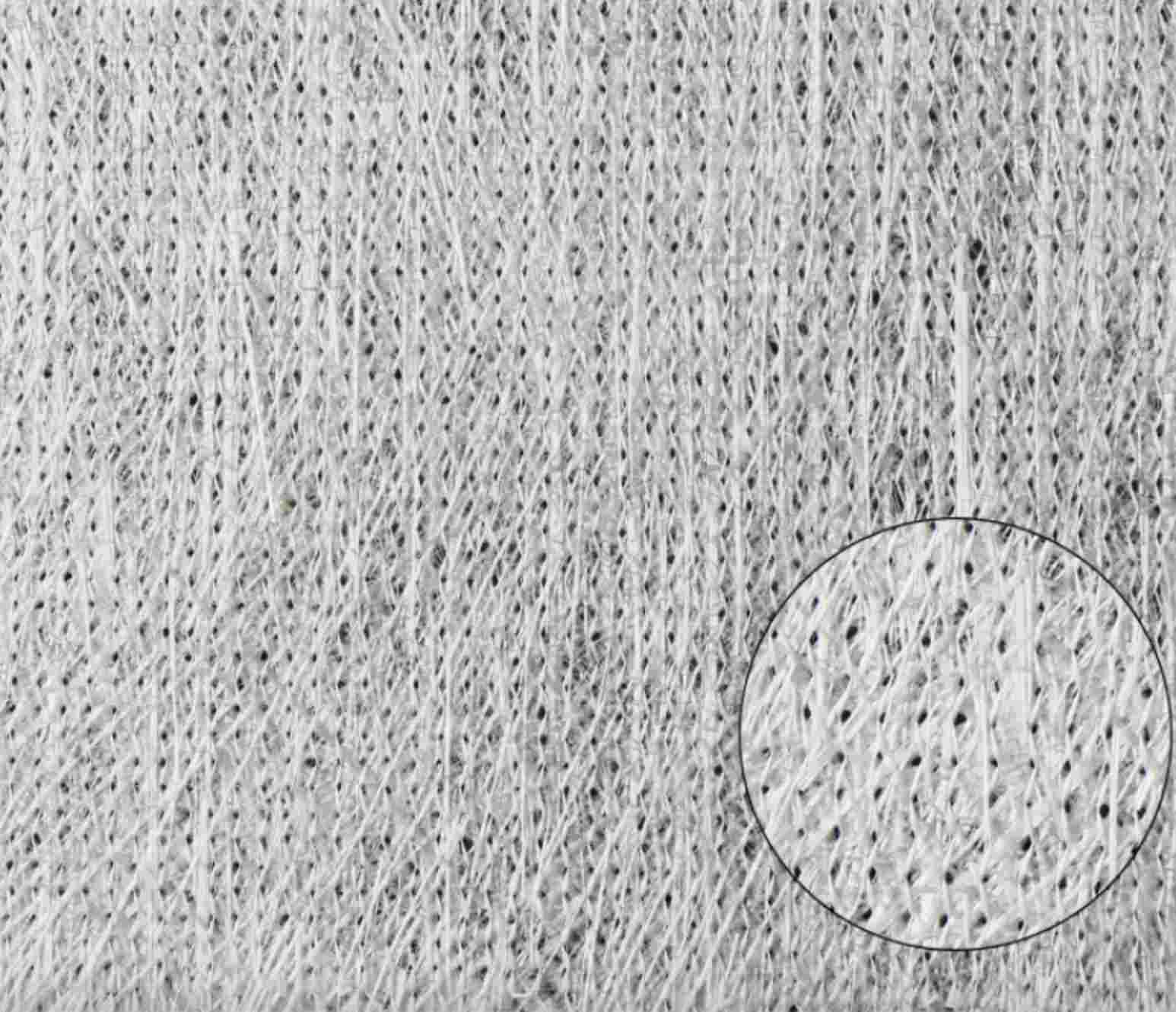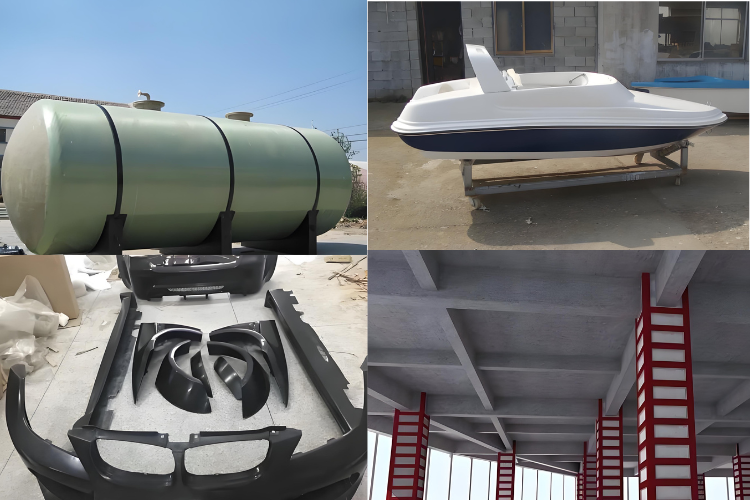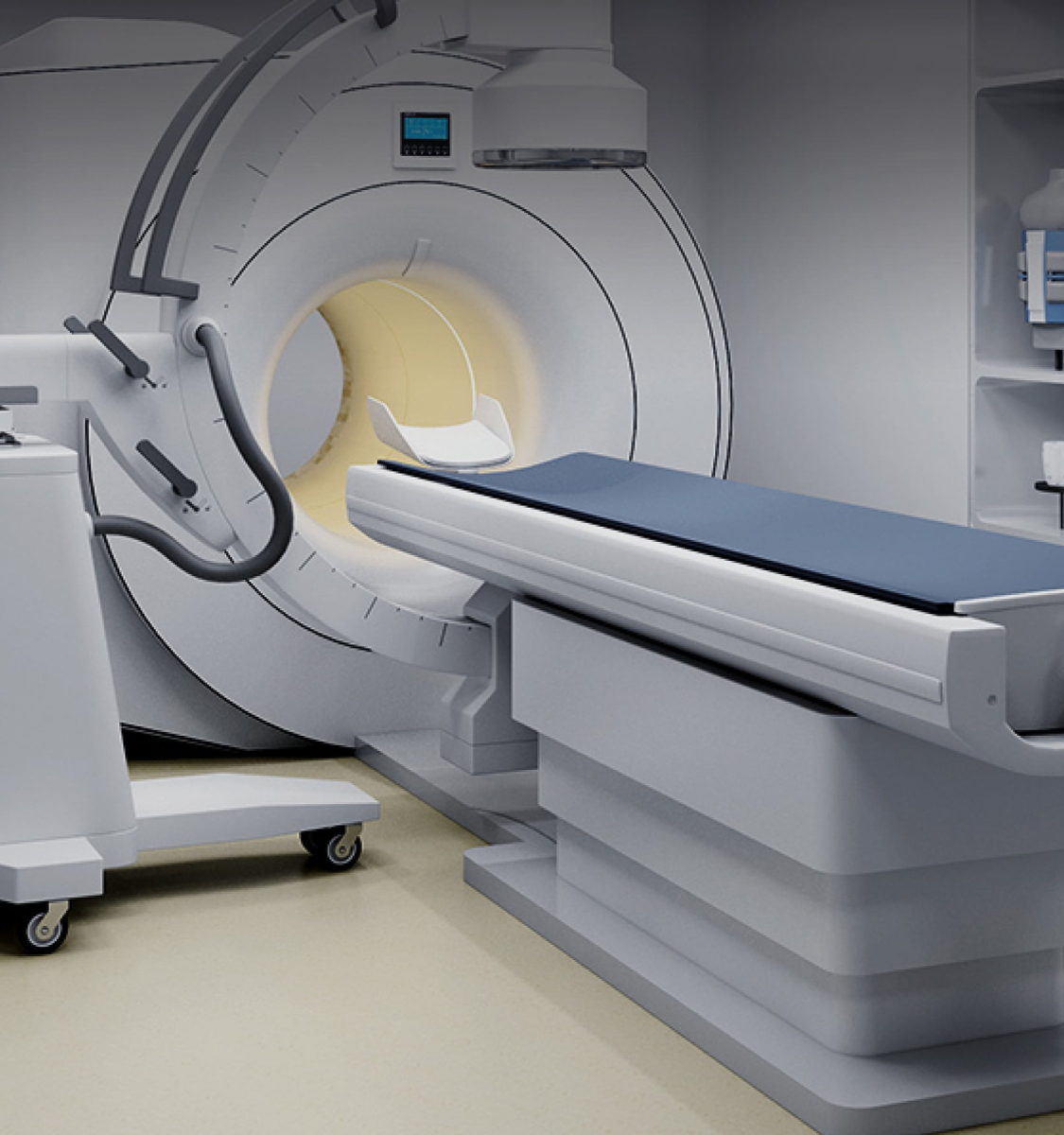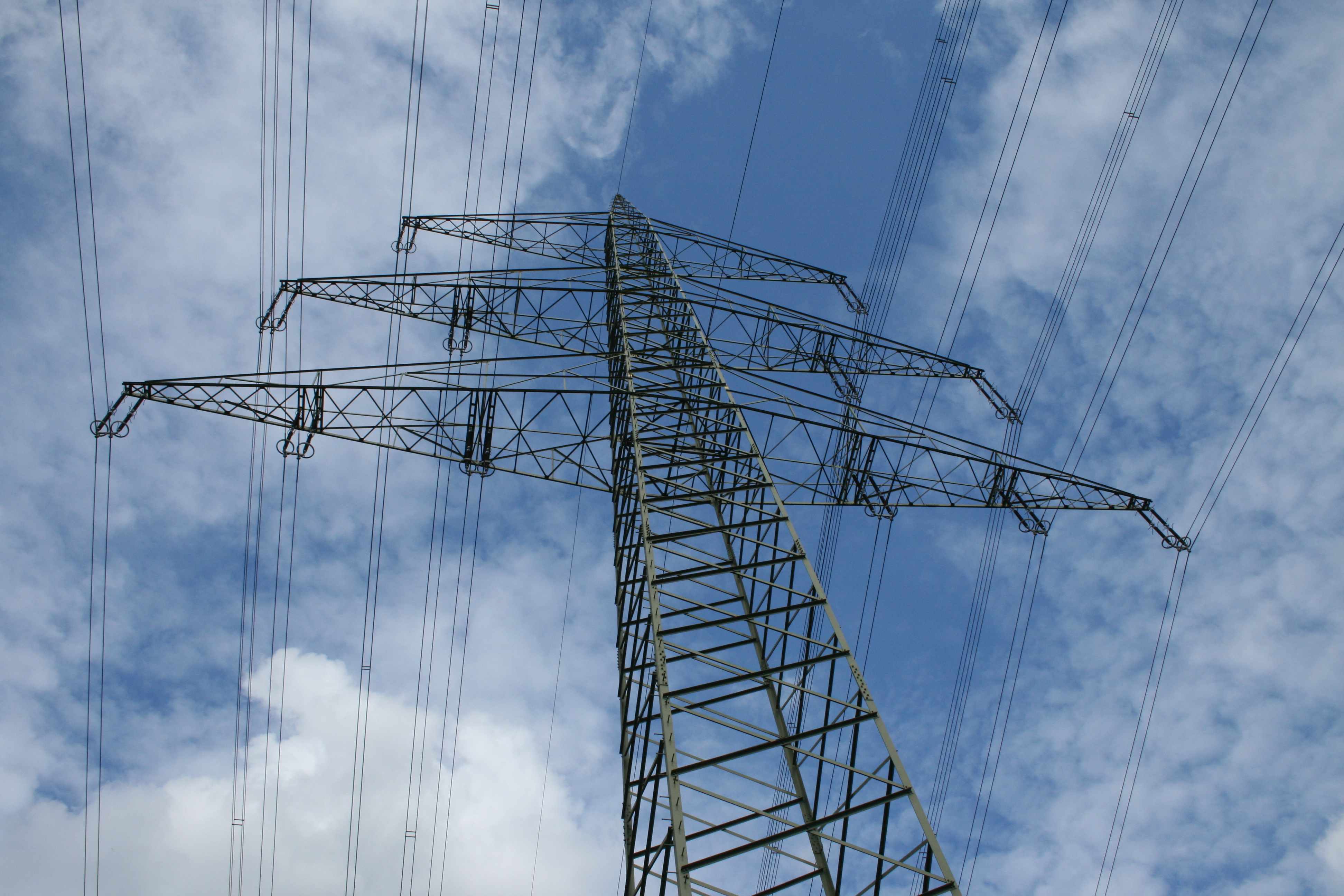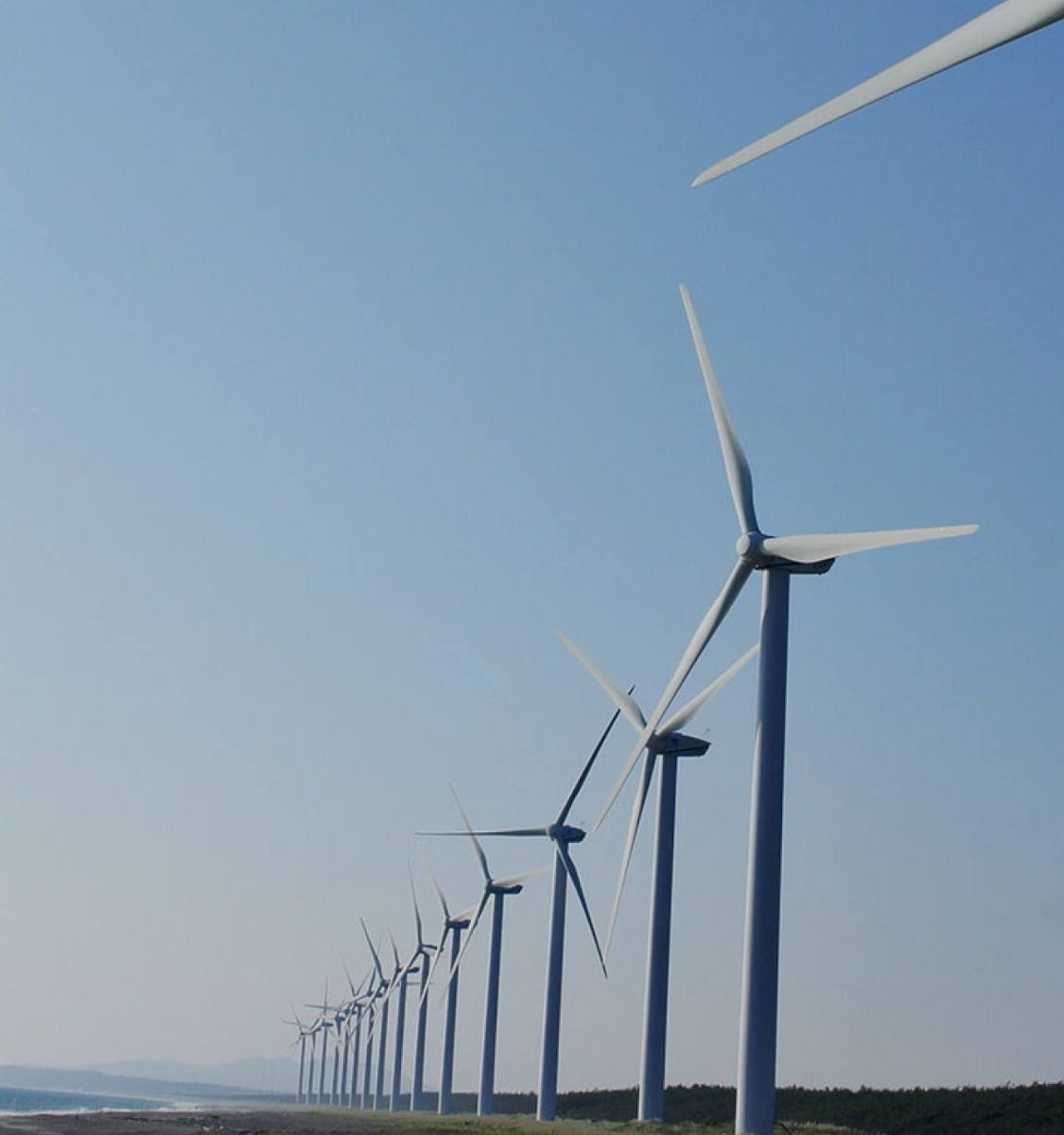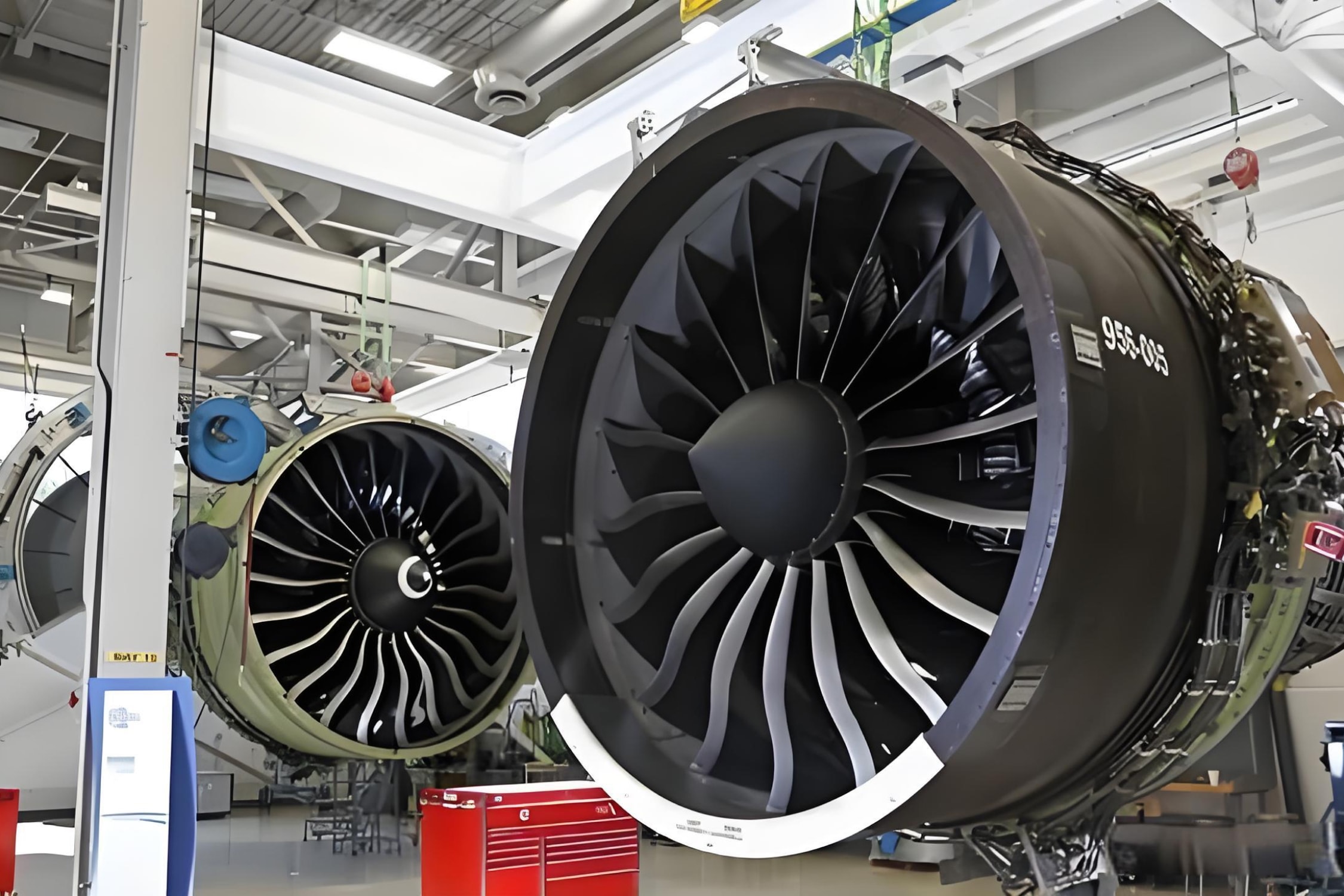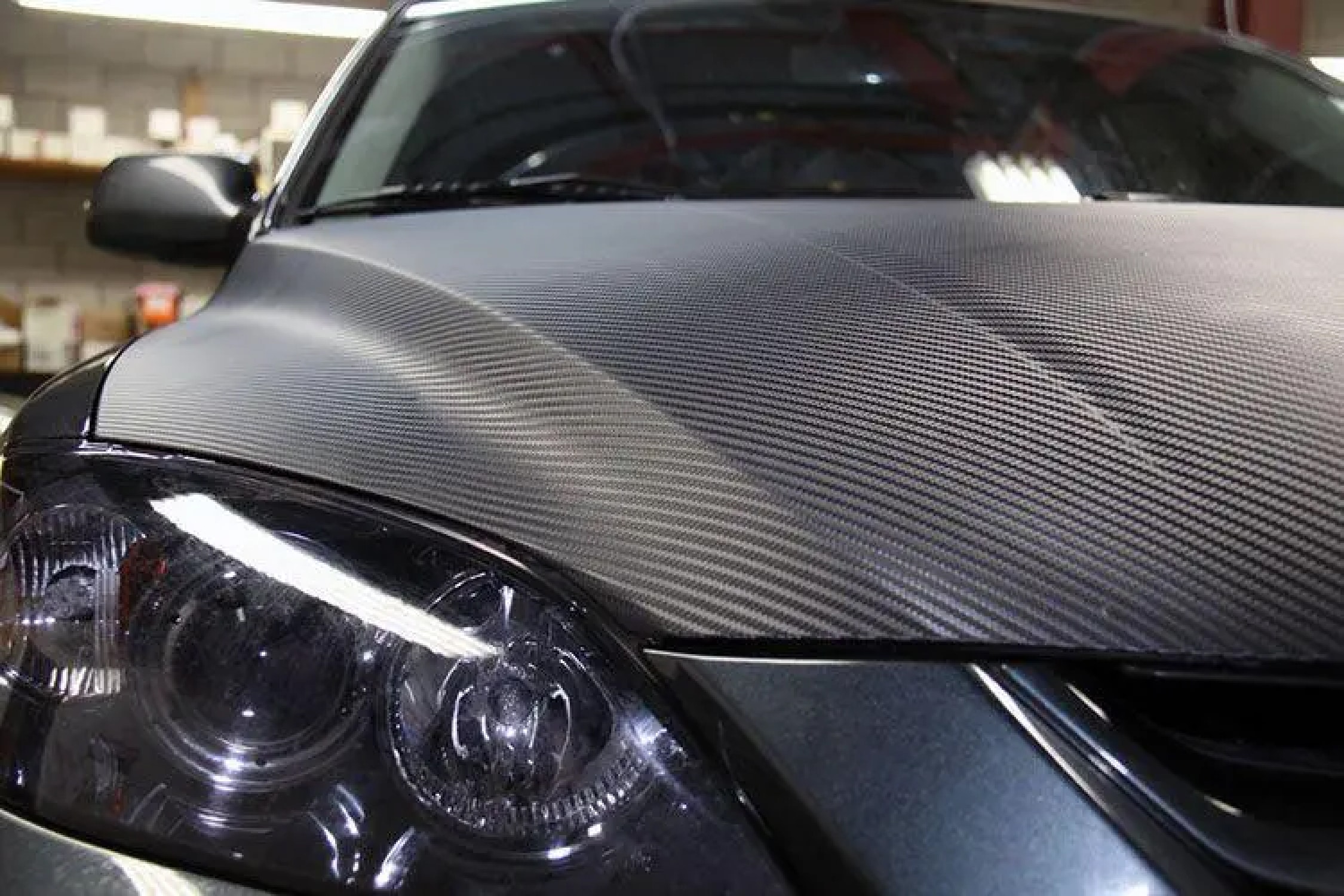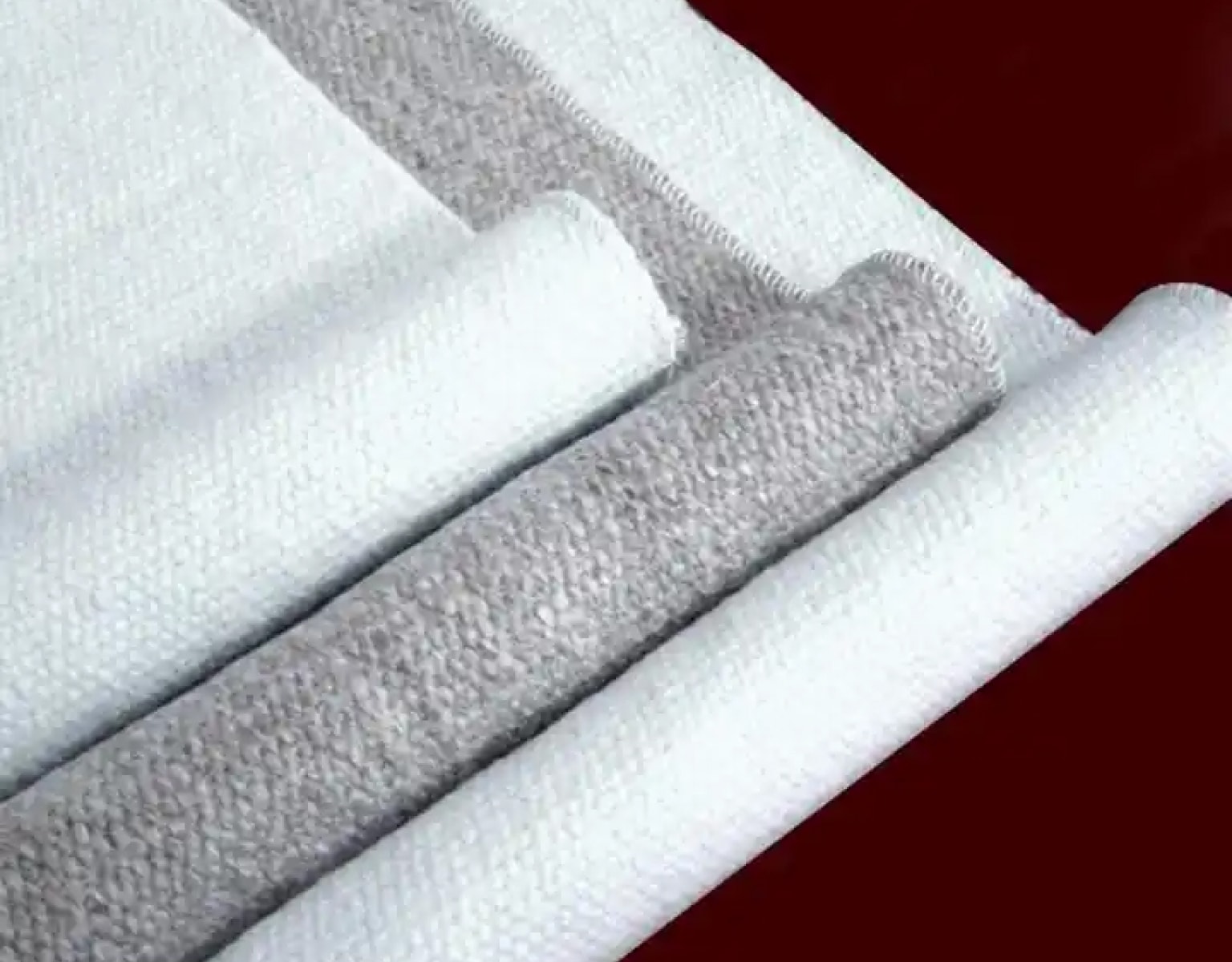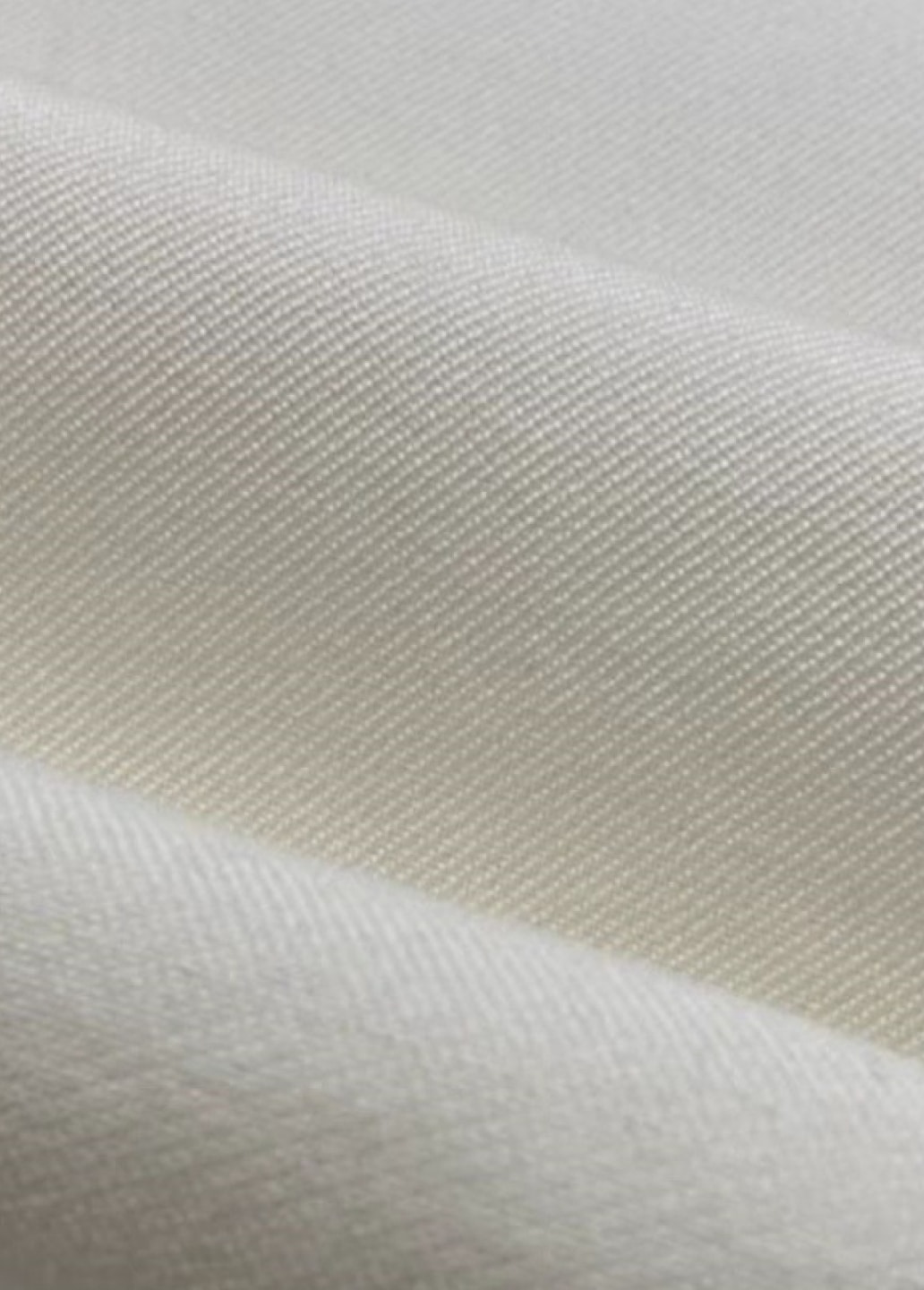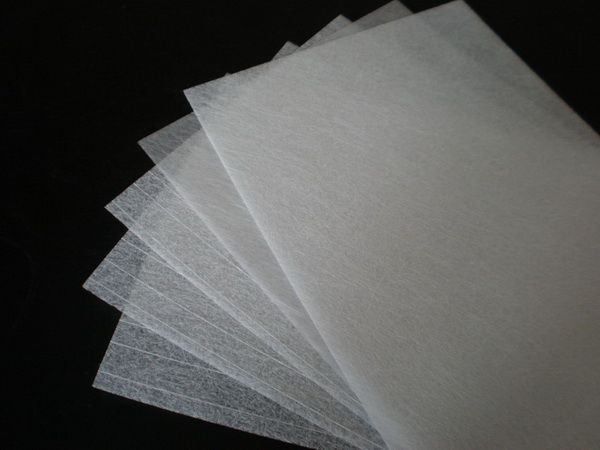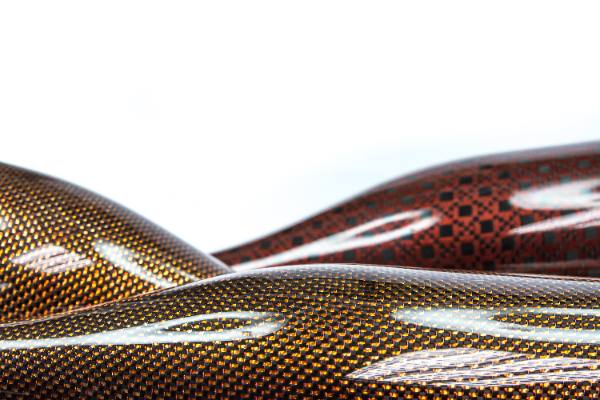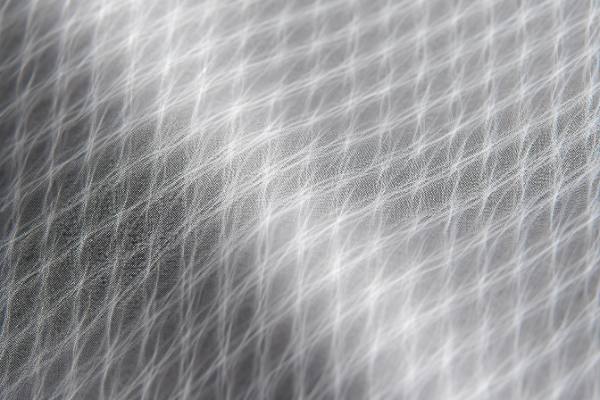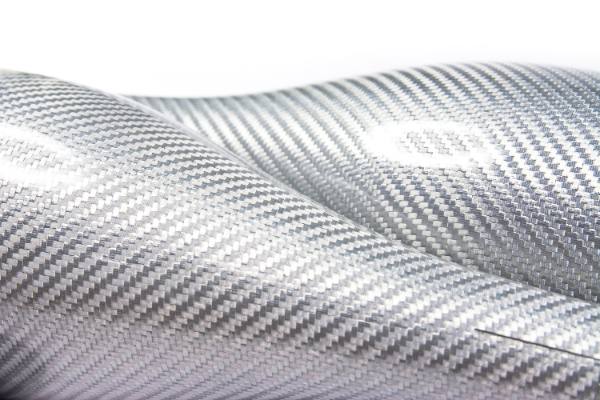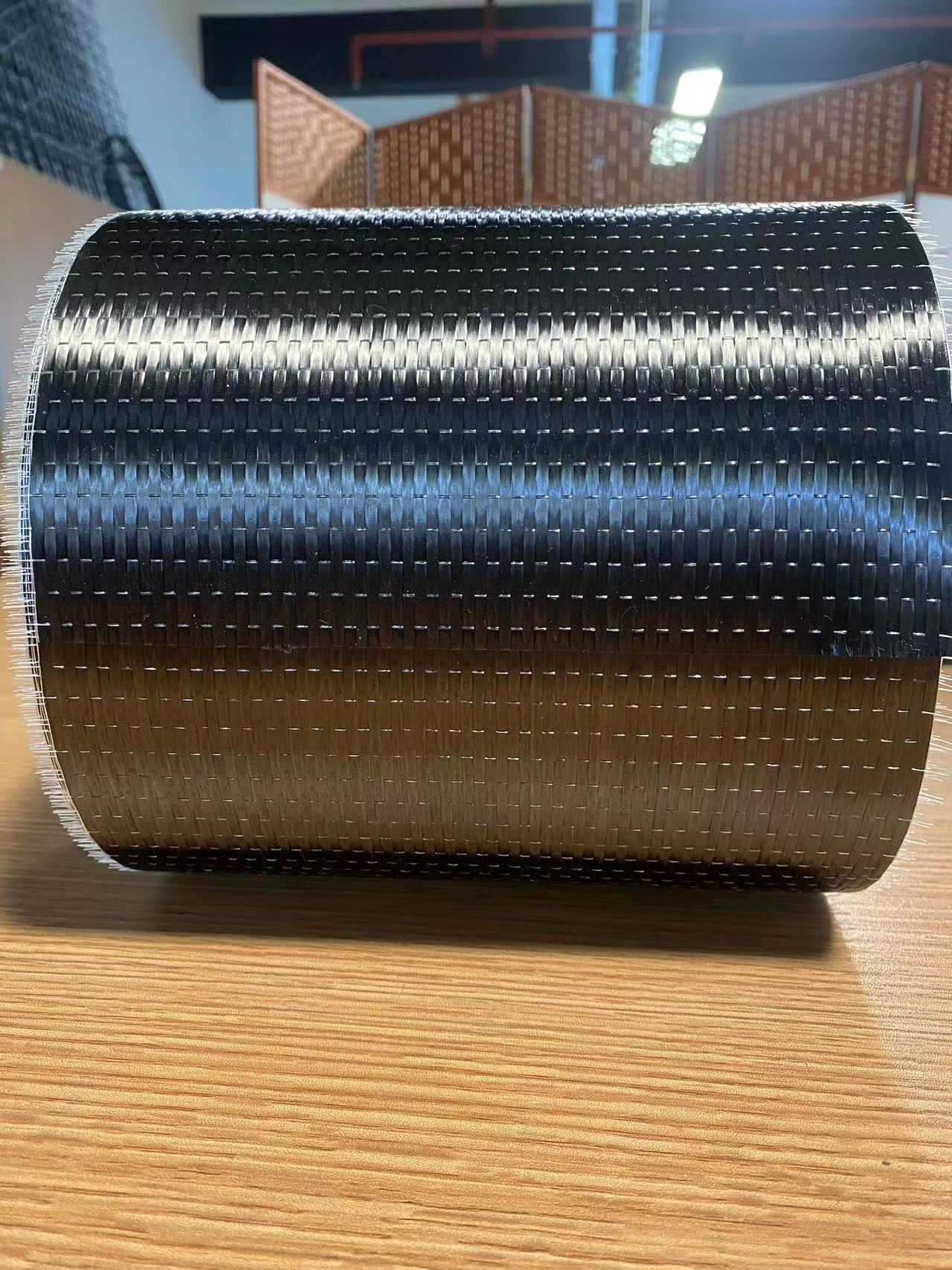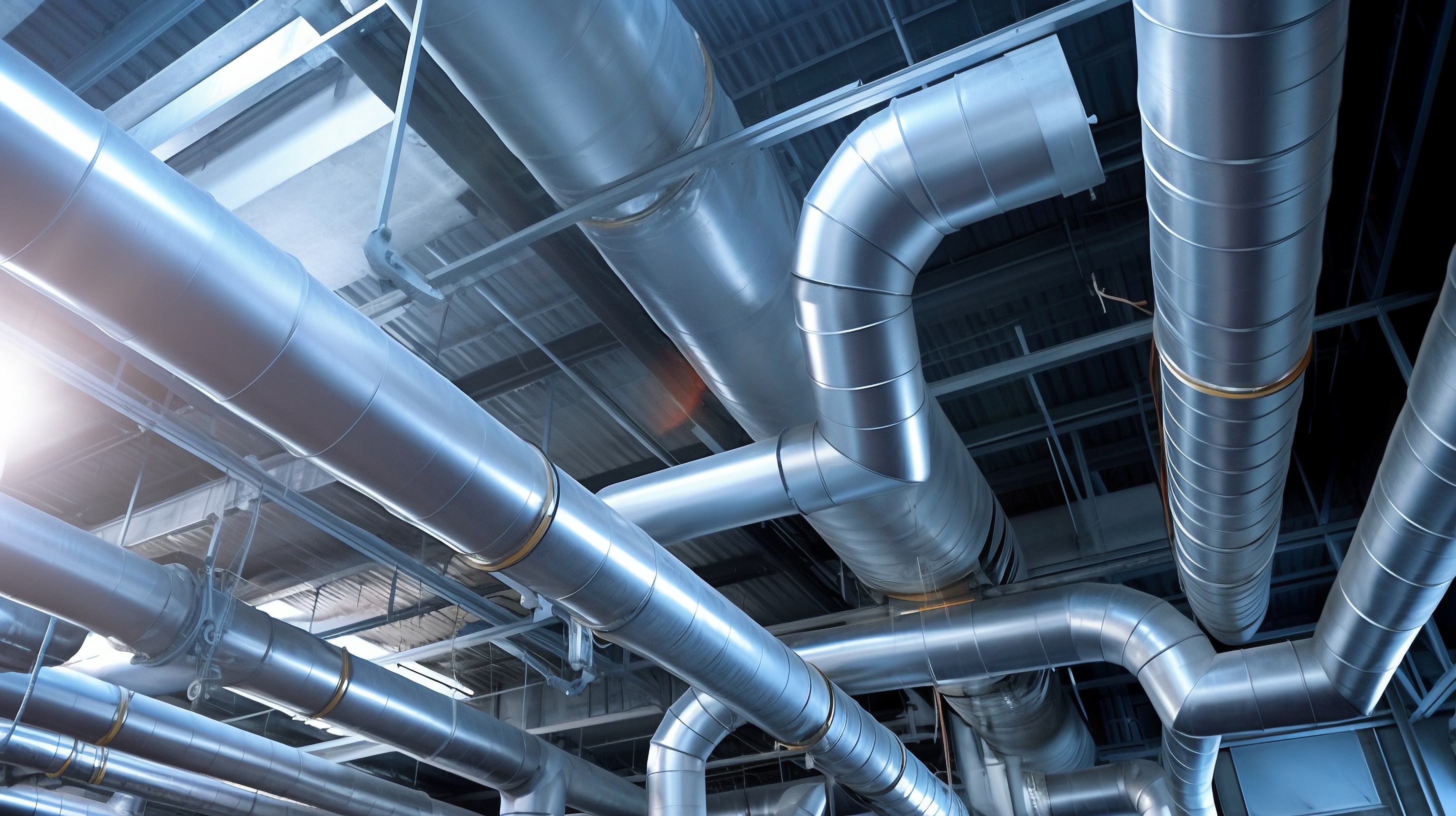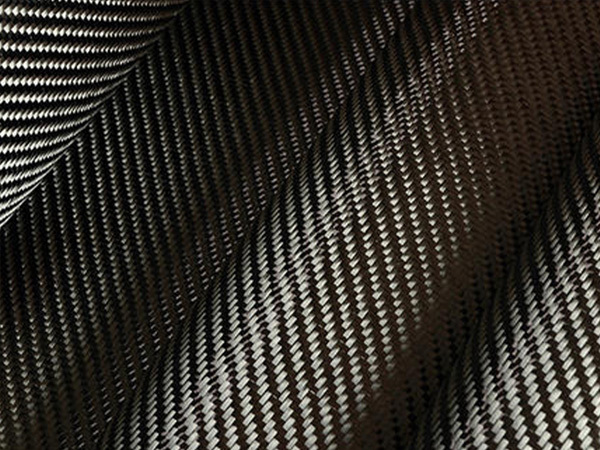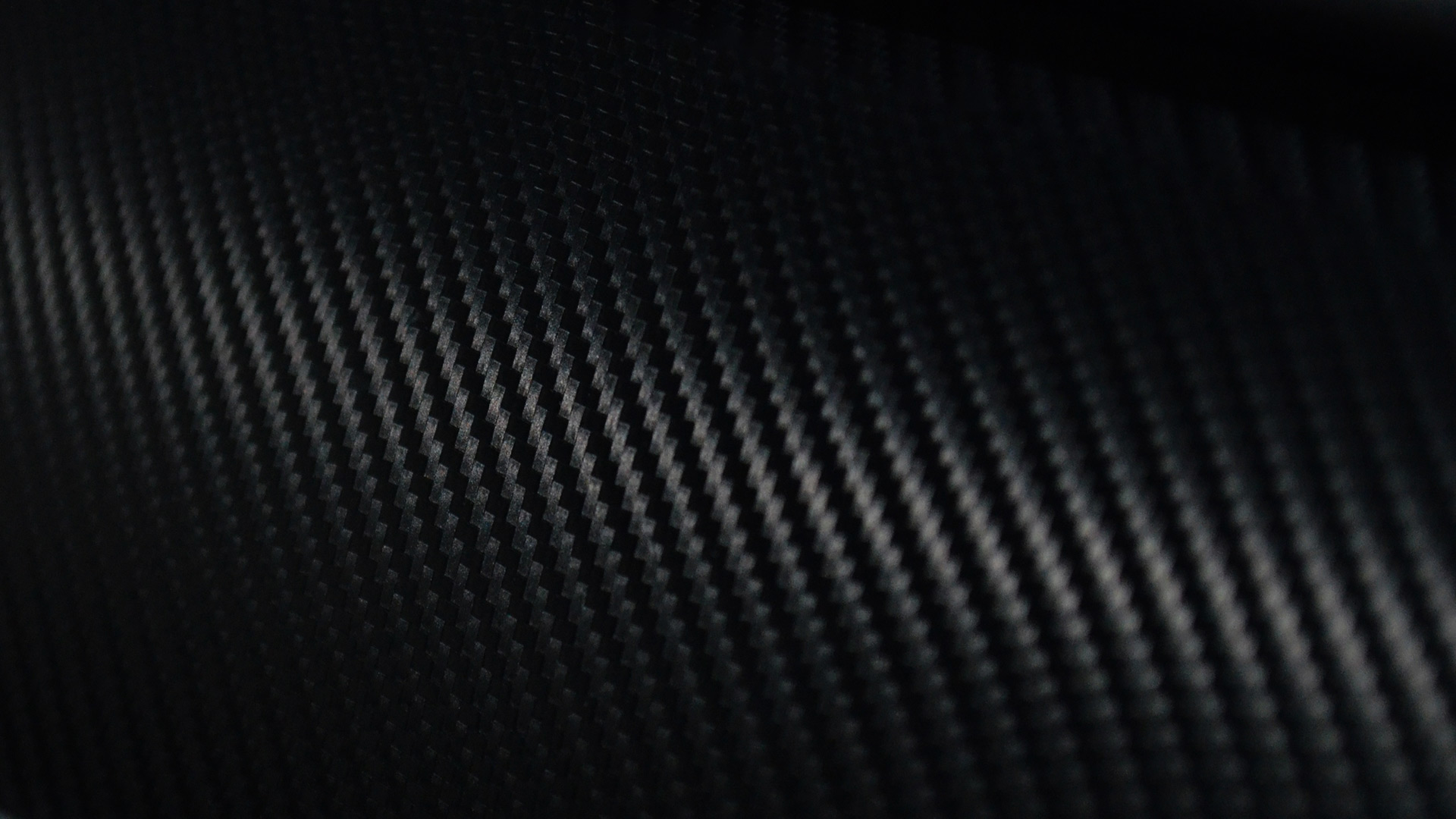+86-13732282311
merlin@xcellentcomposites.com
Let the world benefit from composite materials!
Property Study Of Quartz Fabric Reinforced Composites
This paper investigates the mechanical and dielectric properties of QW280 and TC 8/3-K-TO quartz fiber fabric/modified epoxy resin composites. The results show that the mechanical and dielectric properties of QW280/modified epoxy resin composites are comparable to those of TC 8/3-K-TO/modified epoxy resin composites.
Introduction
With the evolution of modern warfare, electronic countermeasures and electronic reconnaissance technologies have played a crucial role in military applications. Broadband radar systems designed for electronic countermeasures and reconnaissance are expected to be highly significant in future warfare. Thus, developing new broadband wave-transparent resin-based composite materials is essential.
Such materials must not only possess good mechanical properties but also feature low dielectric properties. Extensive research has been conducted internationally on broadband material systems, and some have been successfully applied in broadband radomes. Depending on different requirements, domestic matrix materials for this purpose mainly include epoxy resin, bismaleimide resin, cyanate ester, and thermoplastic resin. Common reinforcement materials include glass fiber, aramid fiber, and quartz fiber. Among these, quartz fiber demonstrates the best performance.
Quartz fiber maintains a stable dielectric constant across the 100 MHz–100 GHz frequency range with minimal change in dielectric loss tangent (ranging from 0.0002 to 0.00045). Additionally, its dielectric performance remains stable with temperature changes, making it an ideal broadband wave-transparent reinforcement material.
In this study, two types of quartz fiber fabrics, QW280 (domestic) and TC 8/3-K-TO (Russian), were used as reinforcements in modified epoxy resin composites. Their mechanical and dielectric properties were compared, and the results were analyzed.
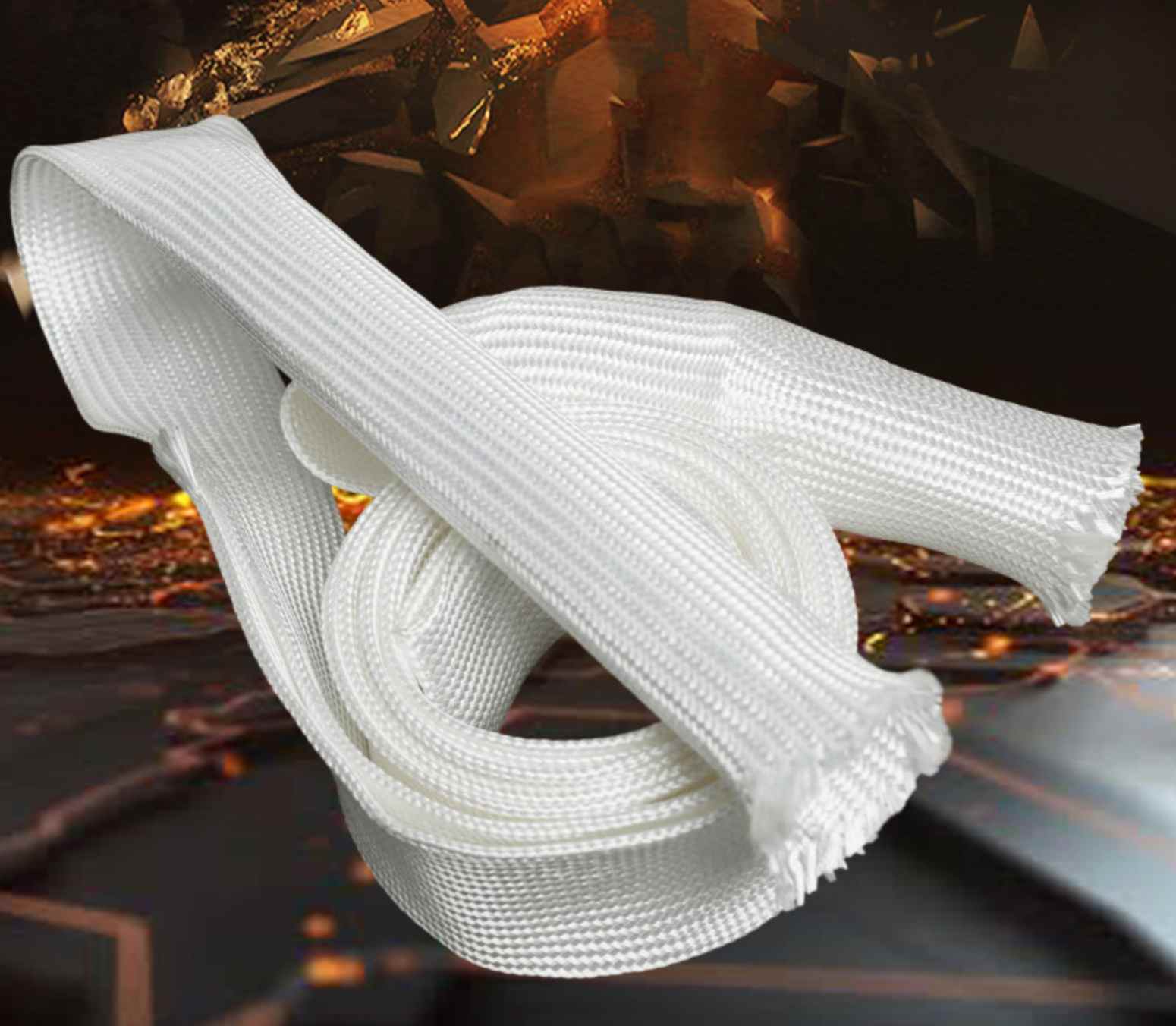
Experimental Section
2.1 Raw Materials
The primary materials used were:
- QW280 (domestic) and TC 8/3-K-TO (Russian) quartz fiber fabrics
- Modified epoxy resin
The key properties of these two quartz fiber fabrics are listed in Table 1. Both fabrics have SiO₂ content exceeding 99.95%.
Table 1: Basic Properties of Quartz Fiber Fabrics
|
Item |
QW280 |
TC 8/3-K-TO |
|
Structure |
Satin weave 8/3 |
Satin weave 8/3 |
|
Warp density (threads/cm) |
33 |
35 |
|
Weft density (threads/cm) |
20 |
19 |
|
Thickness (mm) |
0.296 |
0.295 |
|
Mass per unit area (g/m²) |
288 |
300 |
2.2 Preparation and Testing of Composite Materials
QW280 and TC 8/3-K-TO quartz fiber fabrics were impregnated with modified epoxy resin through a prepreg machine to form prepreg sheets. These sheets were then processed into composite laminate specimens using an autoclave molding method.
Curing Process:
Vacuum pressure was maintained above -0.095 MPa at room temperature.
The temperature was increased at a rate of 1-3°C/min.
When the temperature reached 110 ± 5°C, it was held for 0.5 hours.
Pressure was increased to 0.1 MPa, and the vacuum was released to 0 MPa.
The pressure was then increased to 0.3 MPa, followed by heating to 175 ± 5°C for 2 hours.
The samples were cooled naturally afterward.
The prepared composite laminate sheets were cut into standard specimens and tested for mechanical properties, including tensile strength and modulus, compressive strength and modulus, flexural strength and modulus, and interlaminar shear strength.
Dielectric properties such as dielectric constant (ε) and dielectric loss tangent (tgδ) were measured using a vector network analyzer.
3. Results and Discussion
3.1 Mechanical Properties of Quartz Fiber Fabric/Modified Epoxy Composites
Table 2 presents the mechanical performance data for laminates using QW280 and TC 8/3-K-TO quartz fiber fabrics with identical modified epoxy resin matrices. Both laminate samples were manufactured using 10 layers of prepreg sheets via autoclave molding.
Table 2: Mechanical Properties of Composite Laminates (Room Temperature)
|
Item |
QW280/Modified Epoxy Resin |
TC 8/3-K-TO/Modified Epoxy Resin |
|
Tensile Strength (MPa) |
748.3 |
640 |
|
Tensile Modulus (GPa) |
21.5 |
26.2 |
|
Compressive Strength (MPa) |
480.4 |
506 |
|
Compressive Modulus (GPa) |
23.7 |
26.5 |
|
Flexural Strength (MPa) |
894 |
850 |
|
Flexural Modulus (GPa) |
21.9 |
25.8 |
|
Interlaminar Shear Strength (MPa) |
69.1 |
74.6 |
From the results, the mechanical properties of QW280/modified epoxy resin composites are generally comparable to those of TC 8/3-K-TO/modified epoxy resin composites.
3.2 Dielectric Properties of Quartz Fiber Fabric/Modified Epoxy Composites
Figures 1 and 2 illustrate the trends in dielectric constant and dielectric loss tangent across a 2–16 GHz frequency range for QW280/modified epoxy resin and TC 8/3-K-TO/modified epoxy resin laminates.
The results indicate that both materials have comparable dielectric performance, with minimal changes in dielectric constant and dielectric loss tangent across the tested frequency range.
4. Conclusion
The mechanical and dielectric properties of QW280 and TC 8/3-K-TO quartz fiber fabric/modified epoxy resin composites are comparable. Their dielectric properties remain stable across the 2 – 16 GHz frequency range.
Both QW280 and TC 8/3-K-TO quartz fiber fabric/modified epoxy resin composites demonstrate excellent mechanical and dielectric properties, making them suitable for broadband radome skin applications.
Read More: Ceramic Insulation Sheets: A Comprehensive Guide
Popular Composite Materials
Popular Composite Materials
Composites Knowledge Hub
Composites Knowledge Hub

